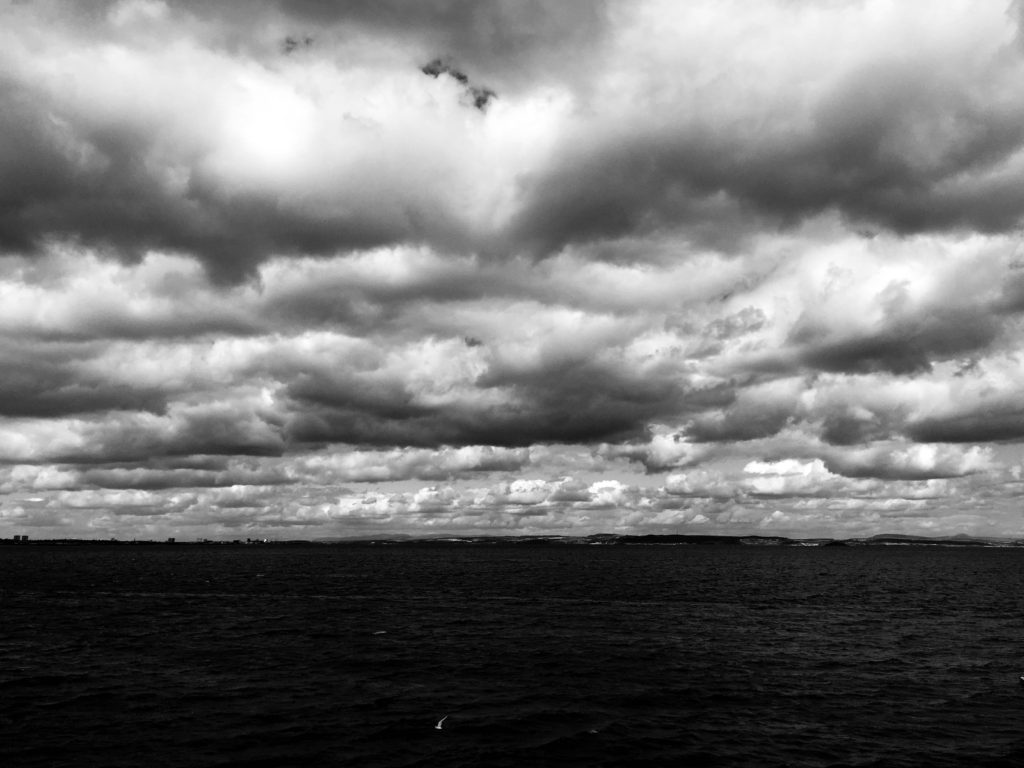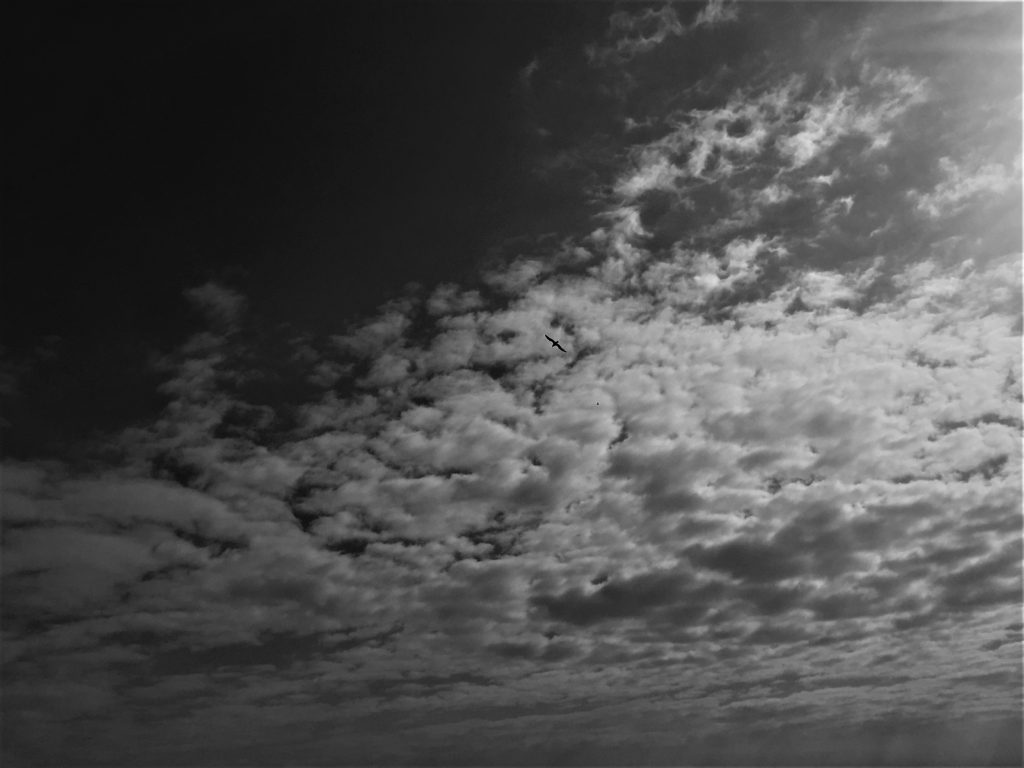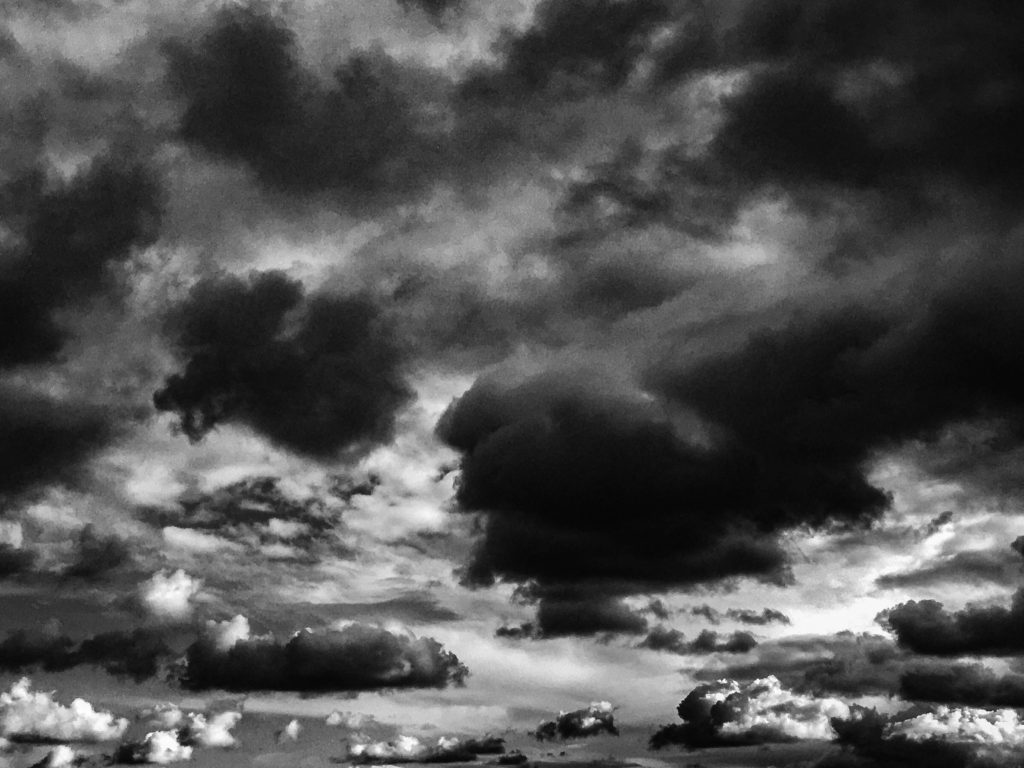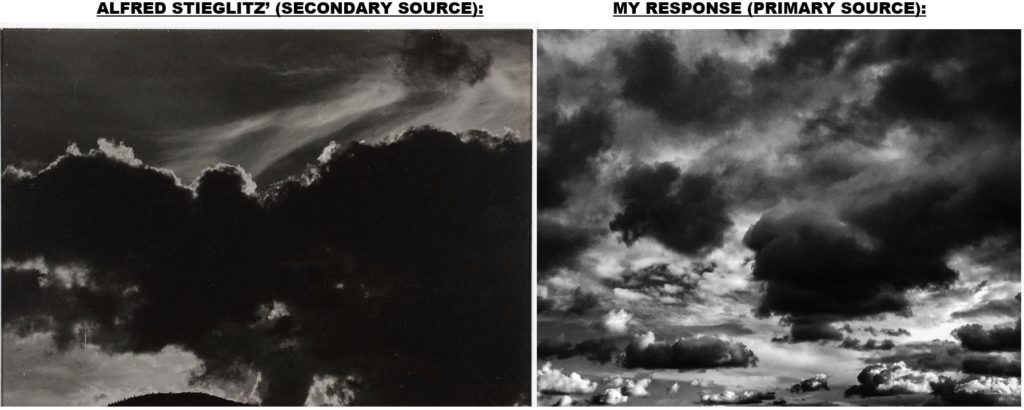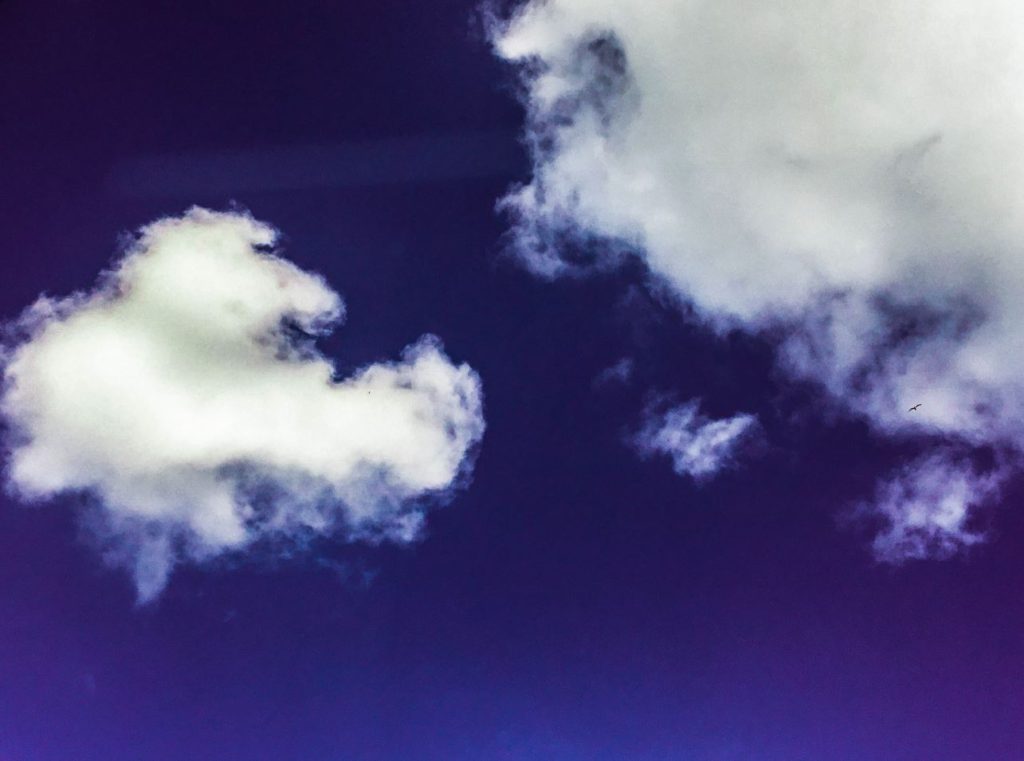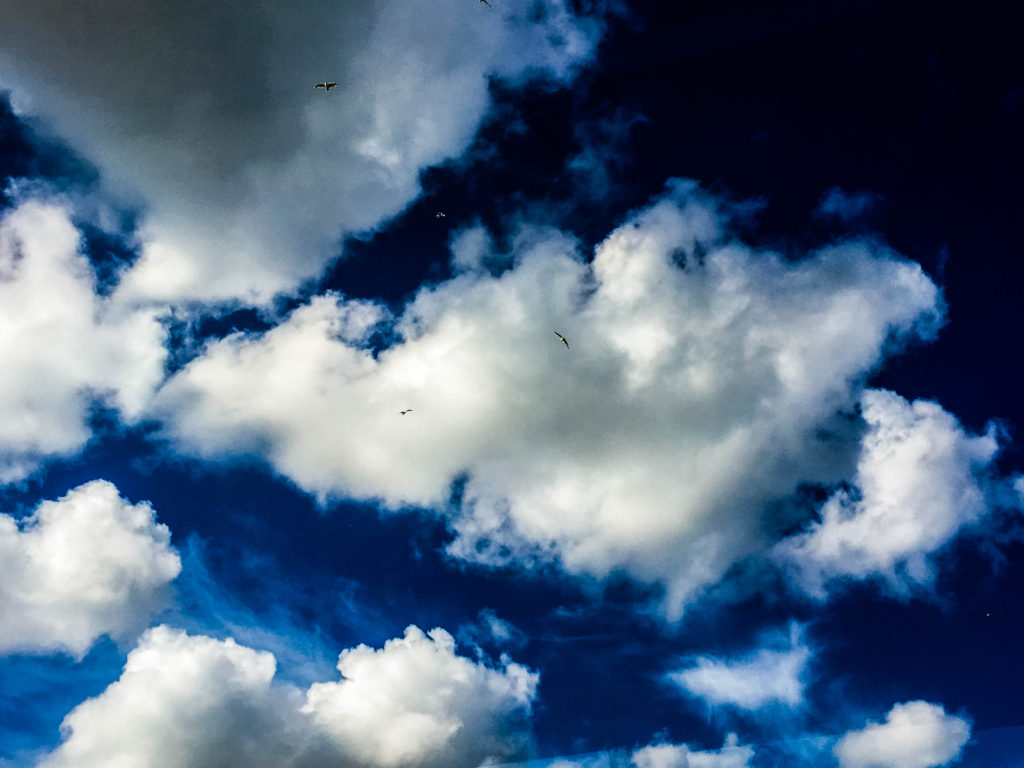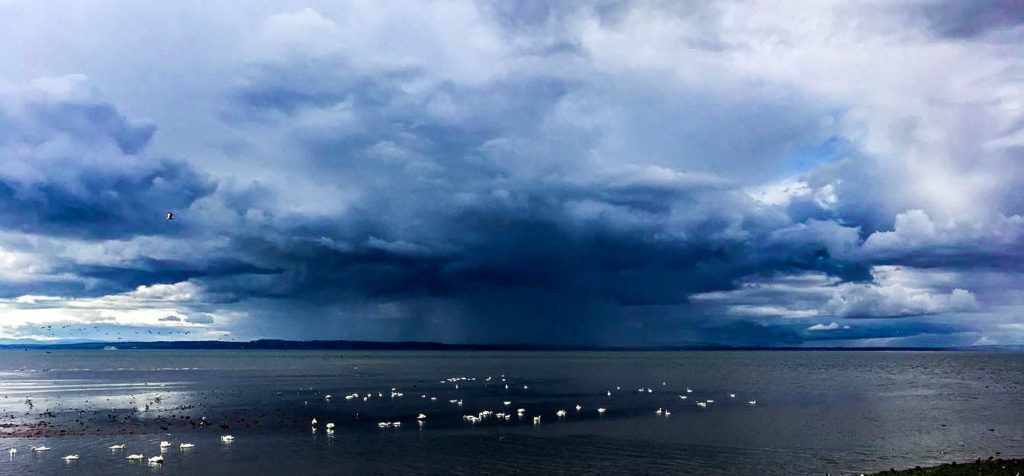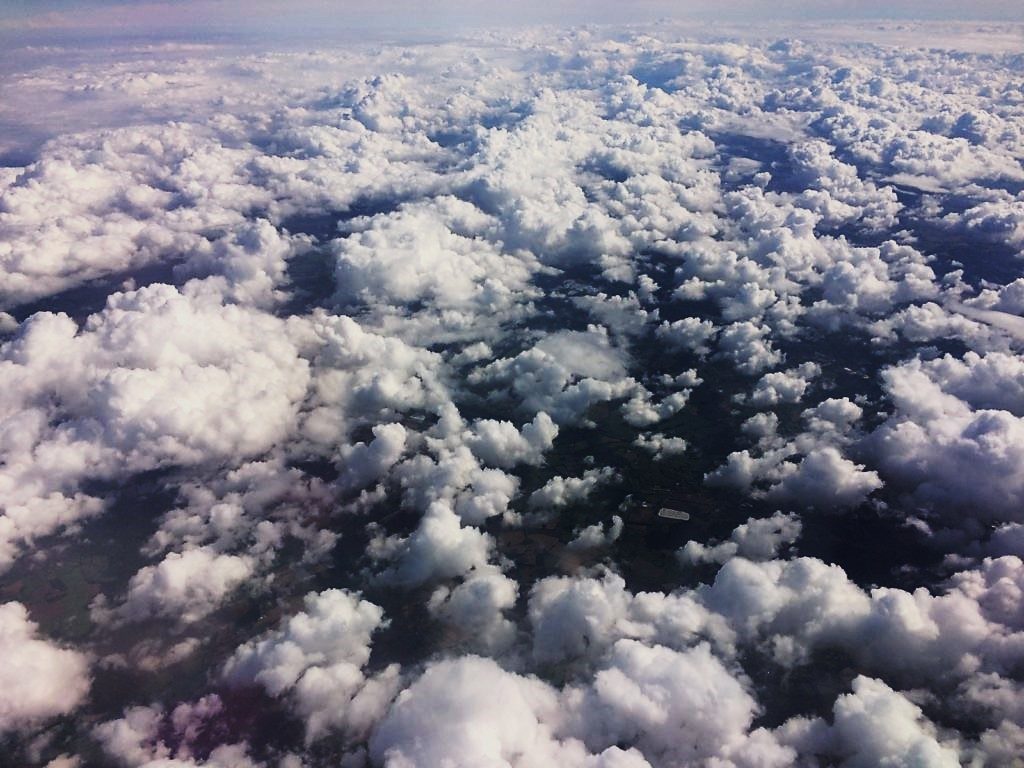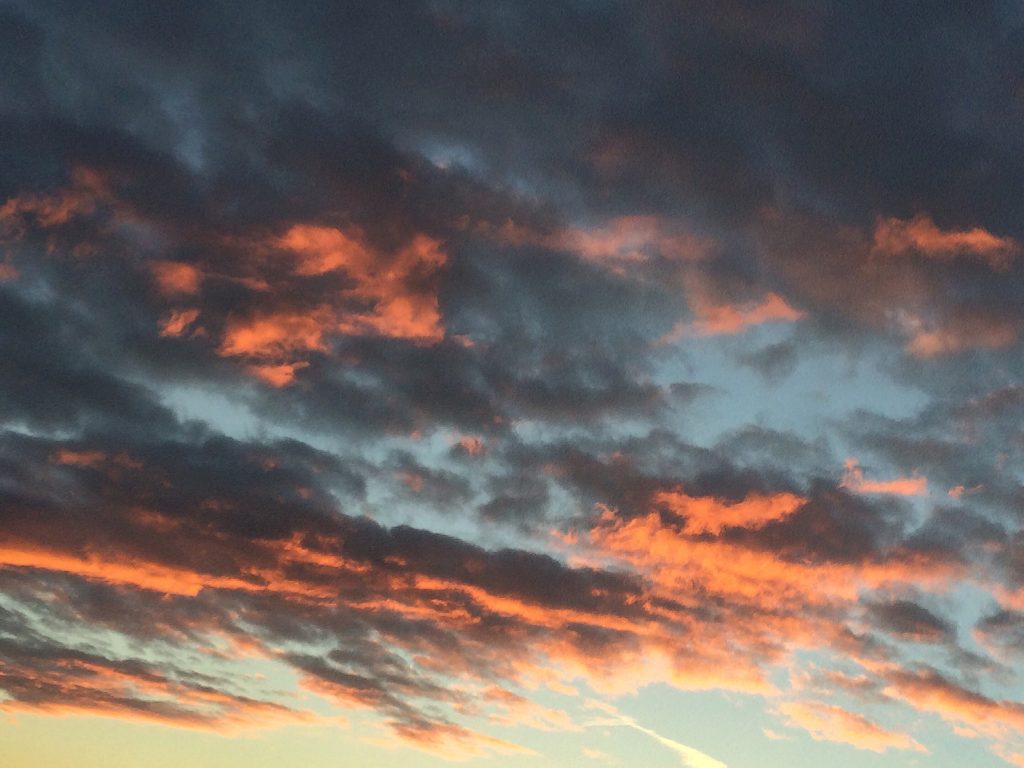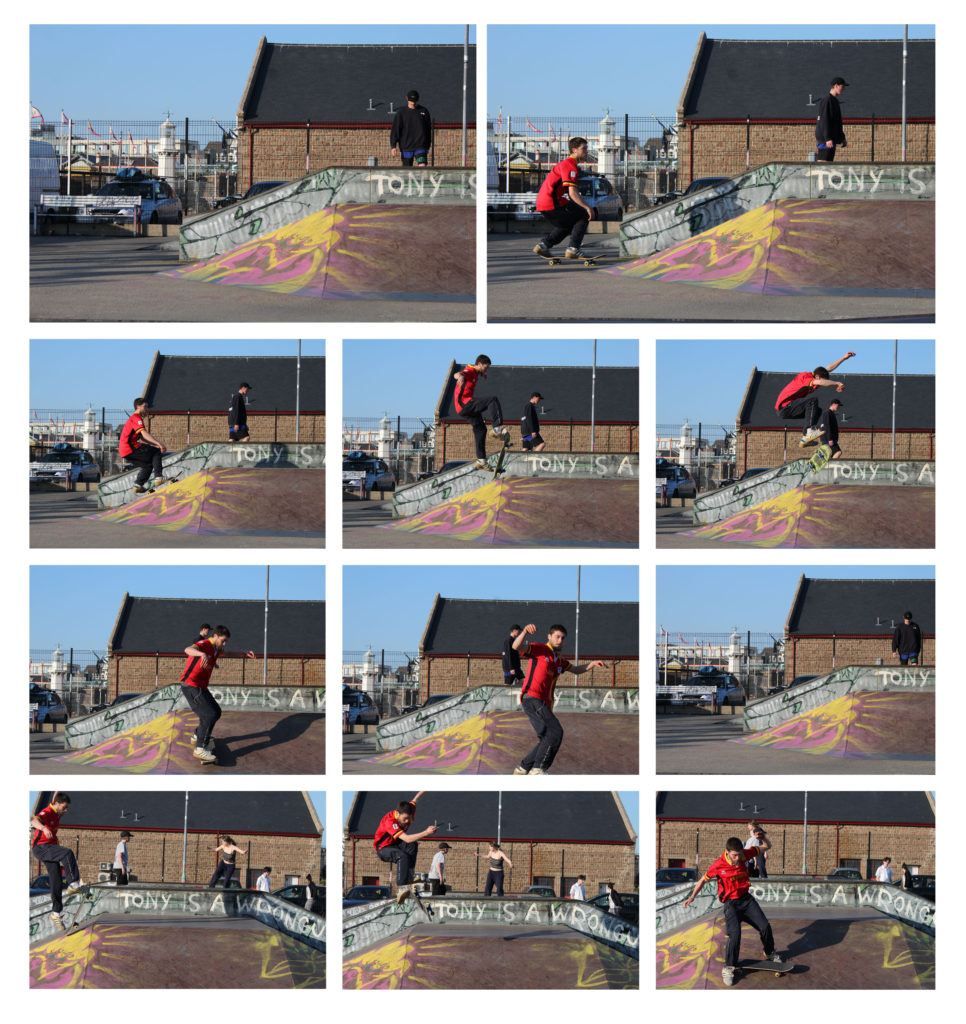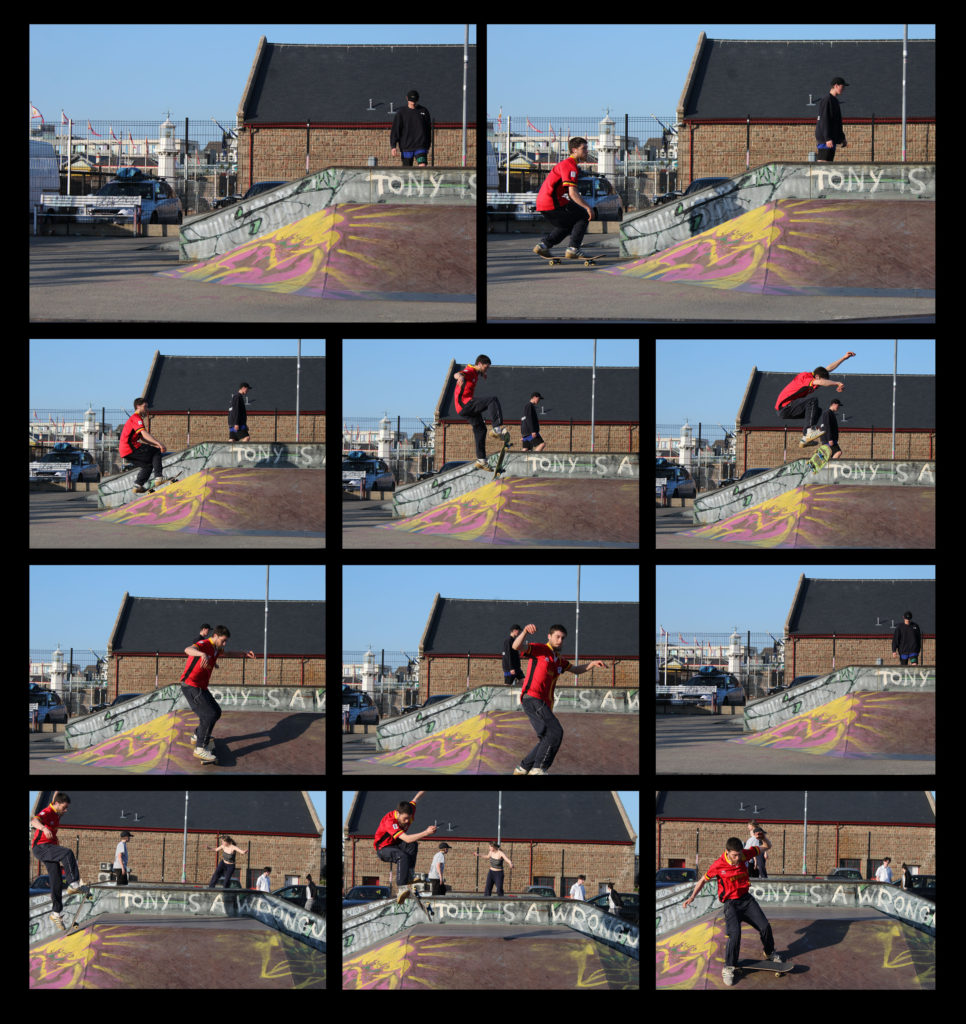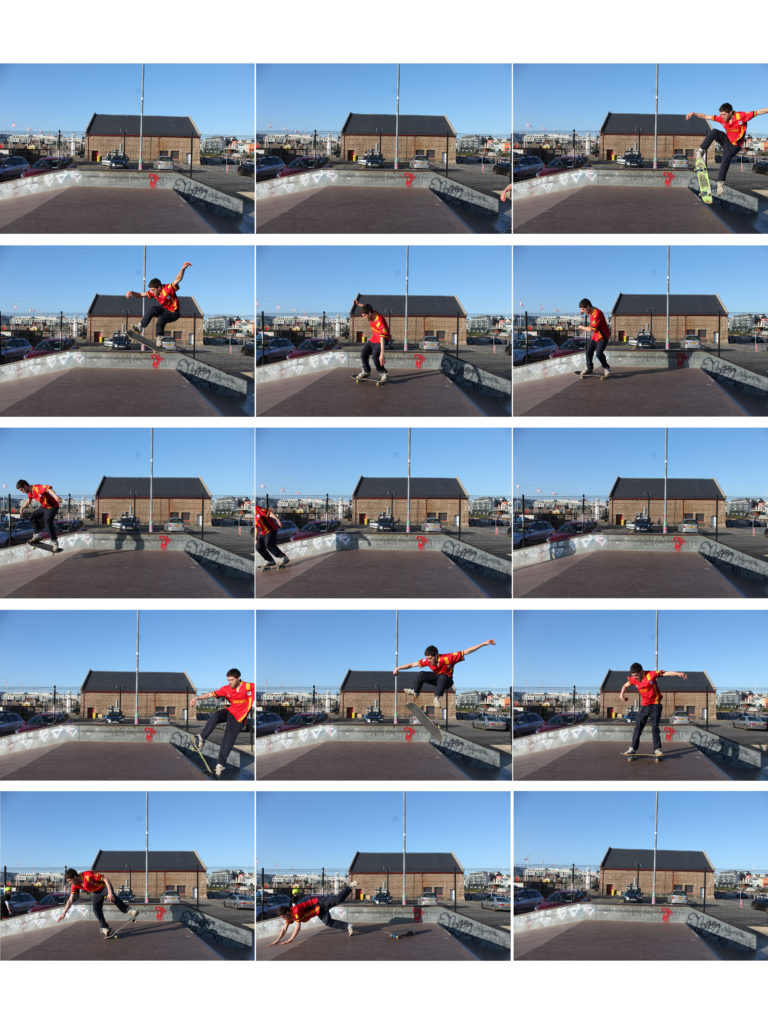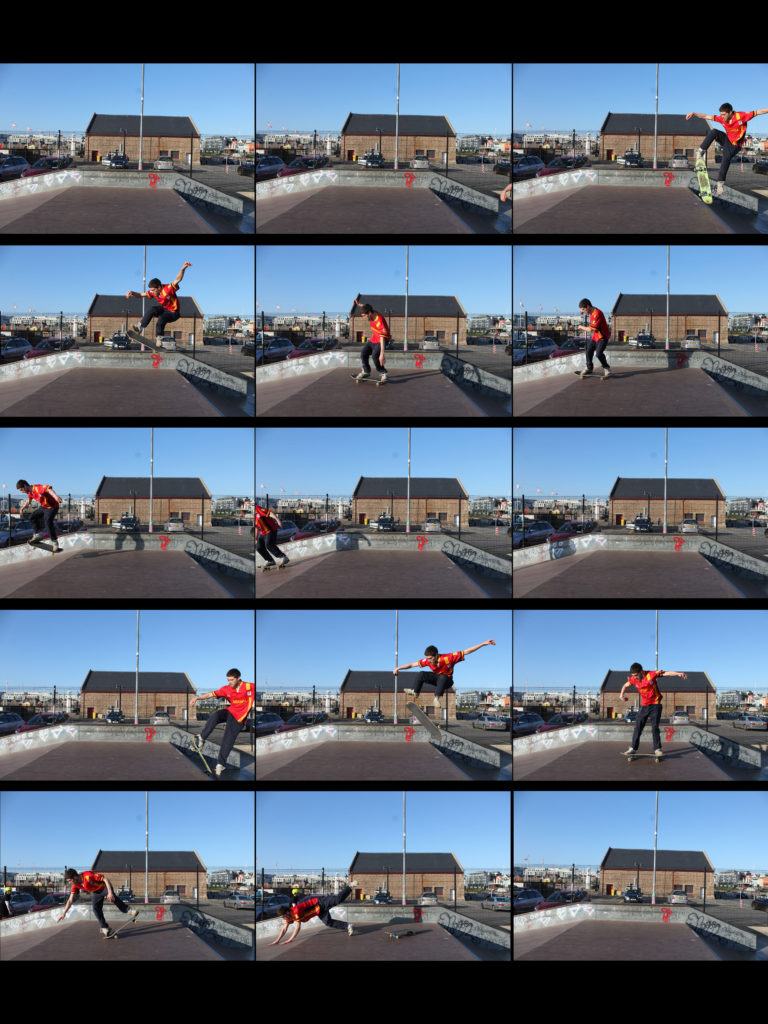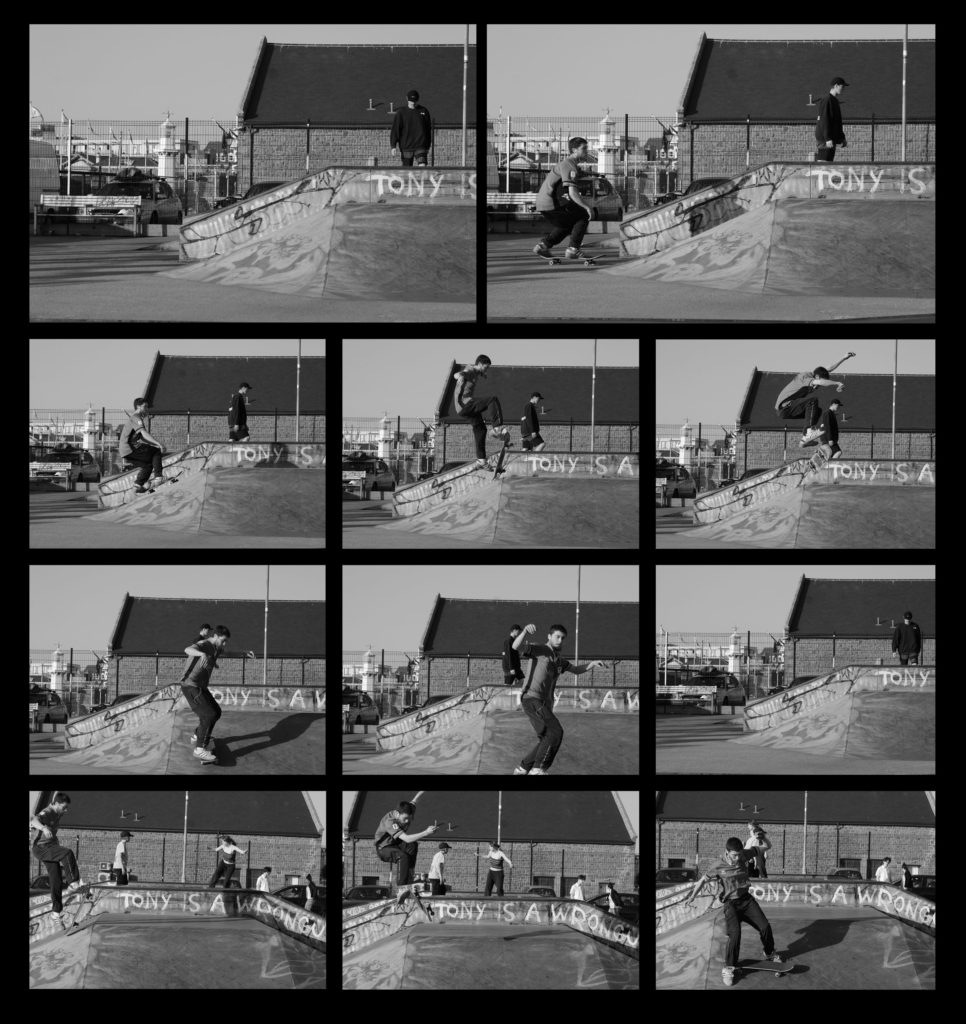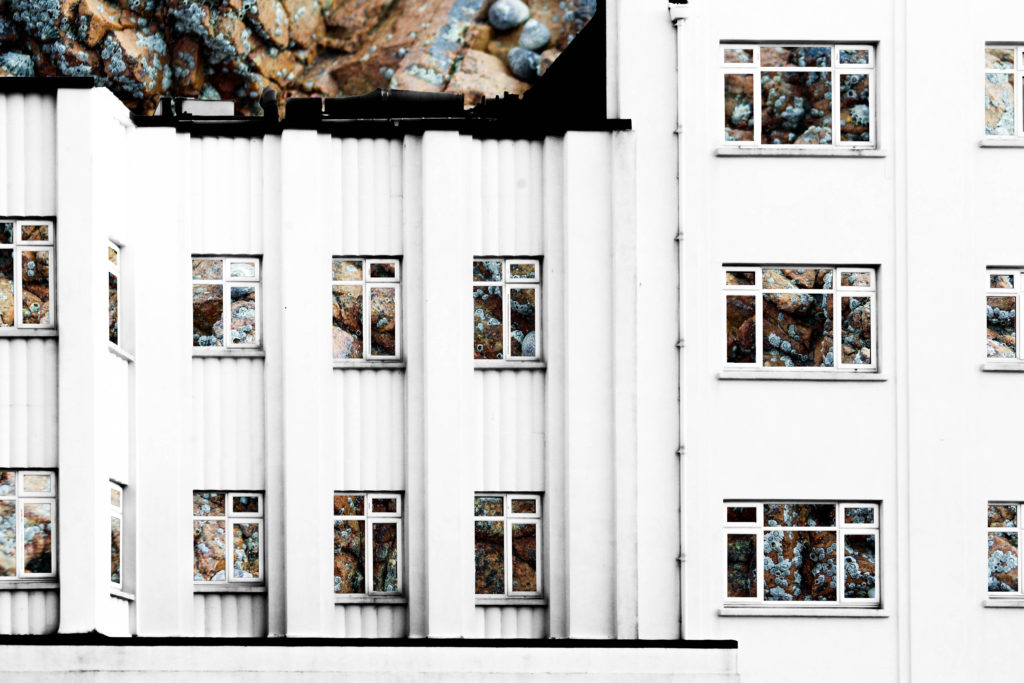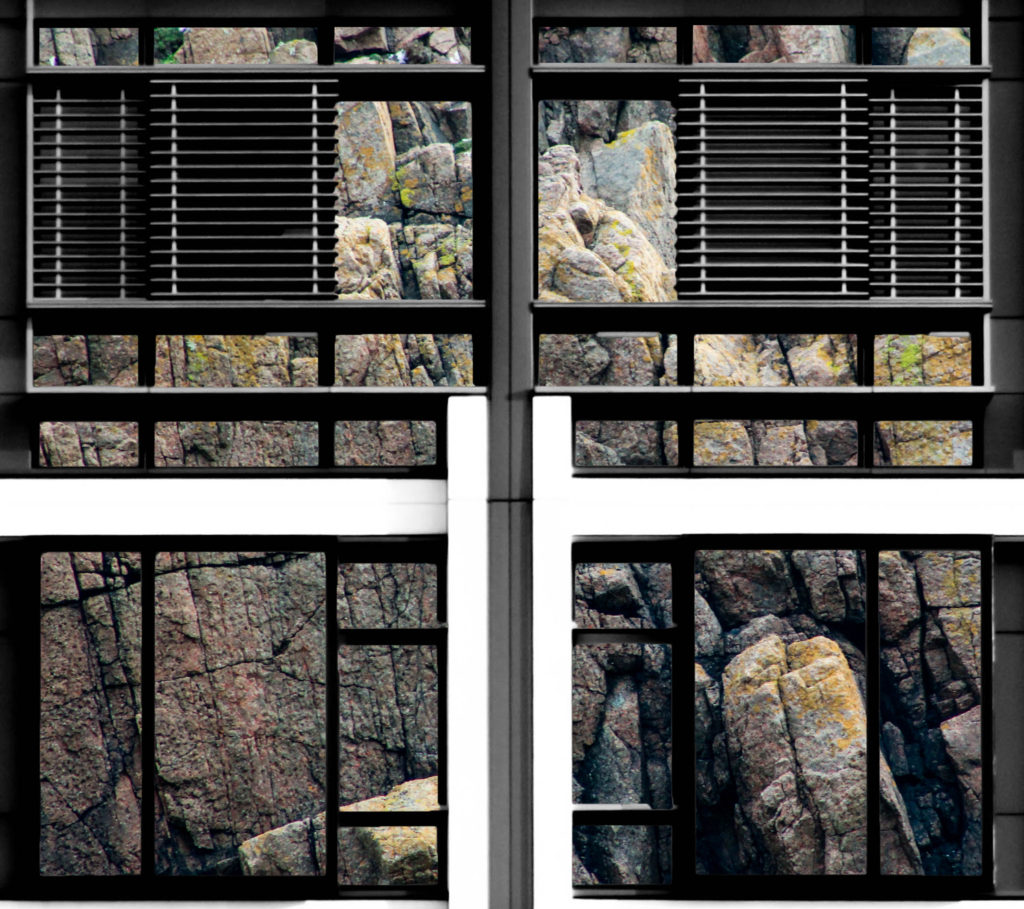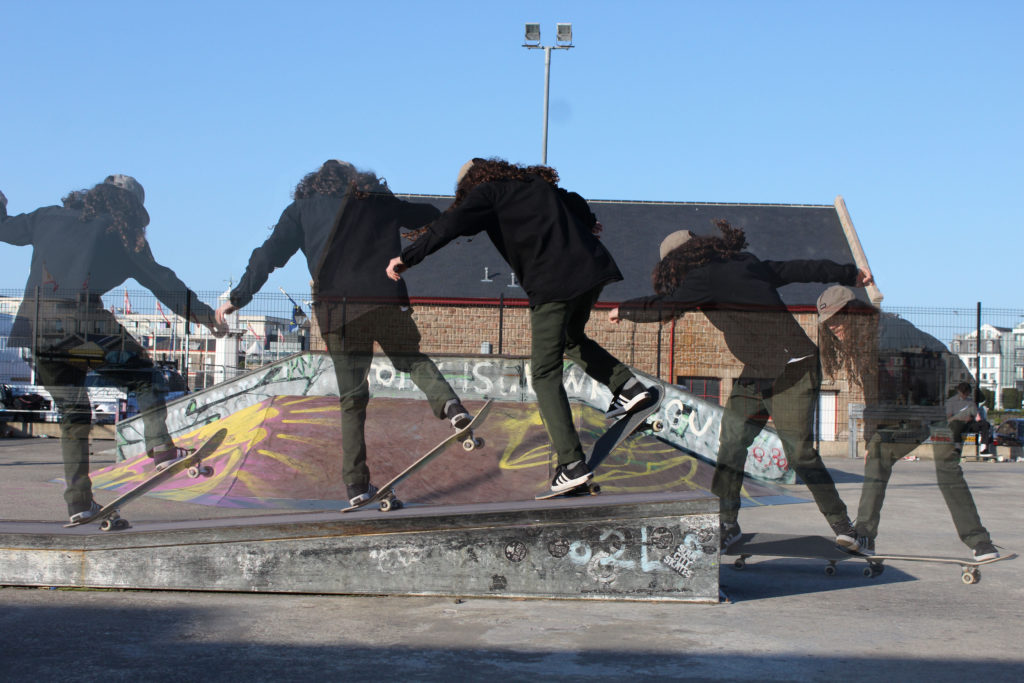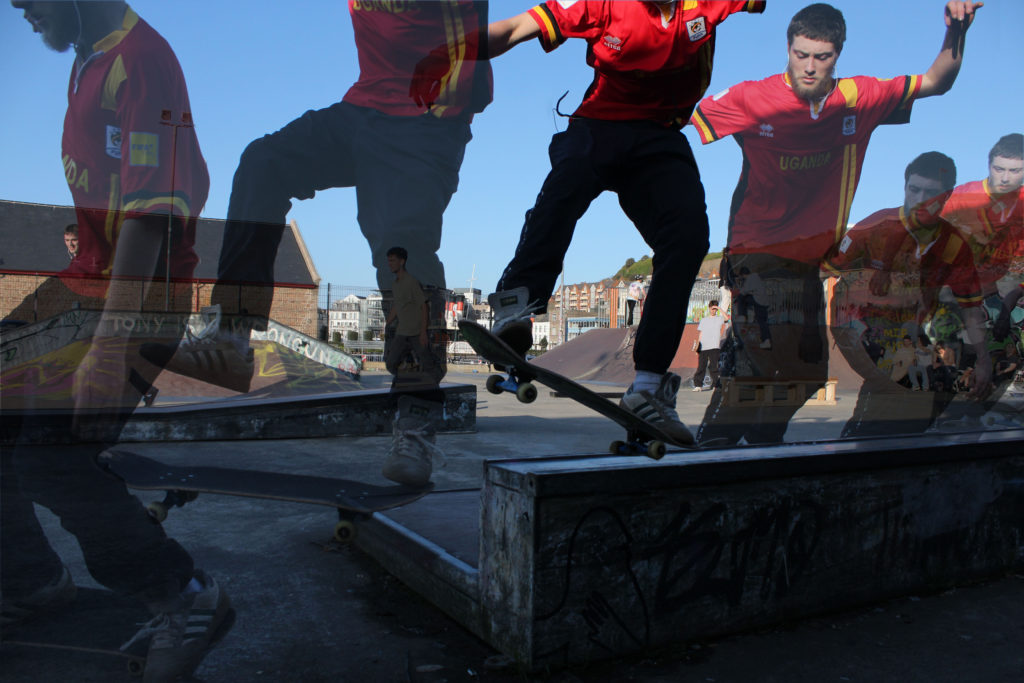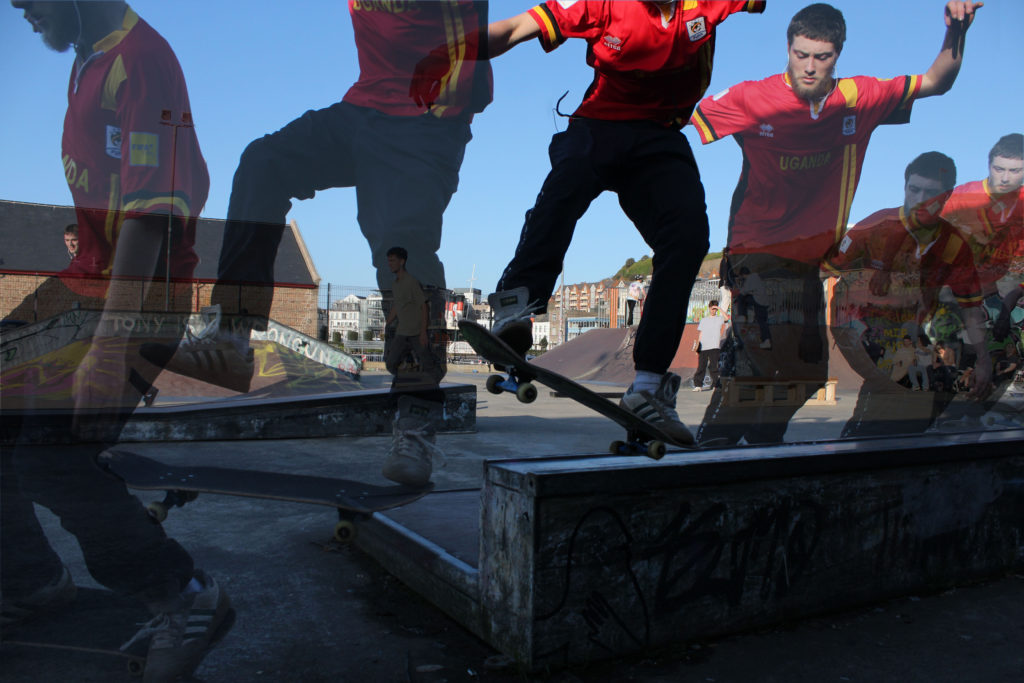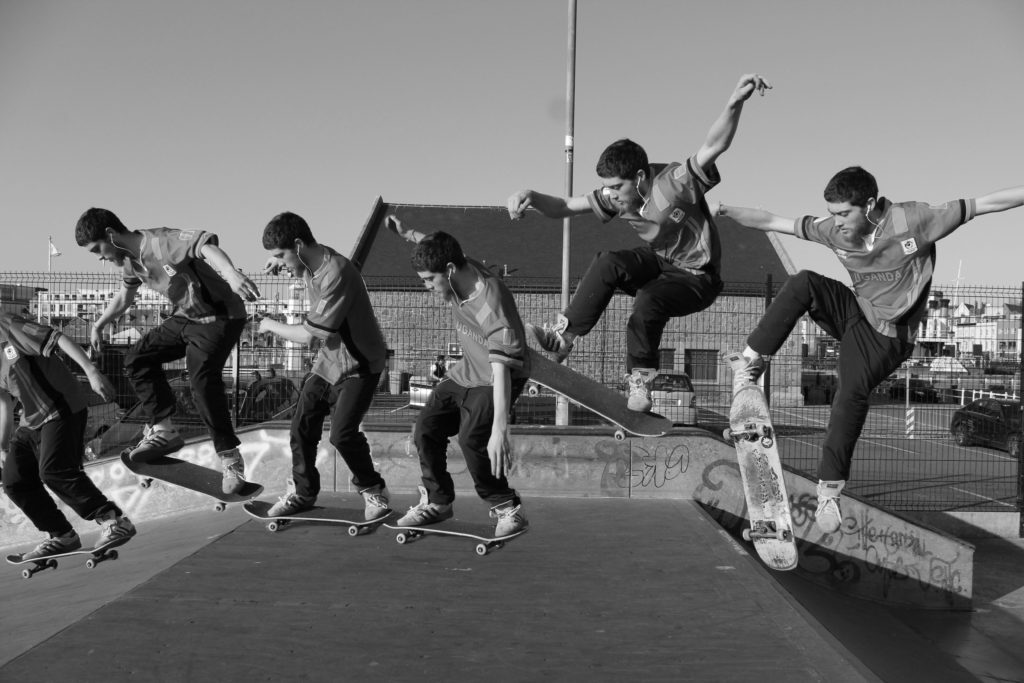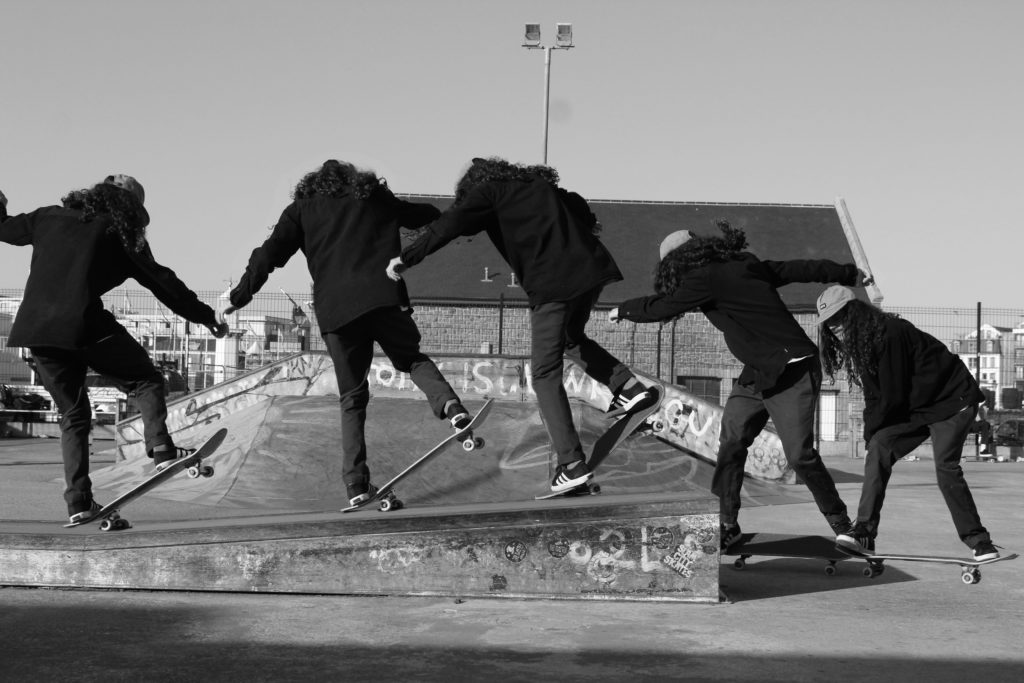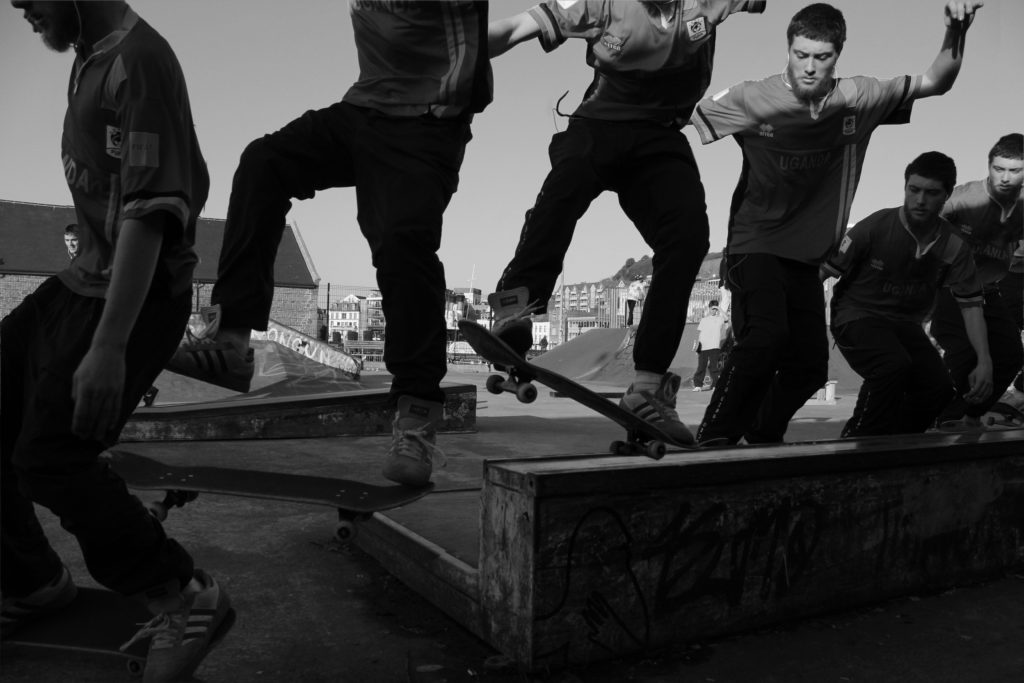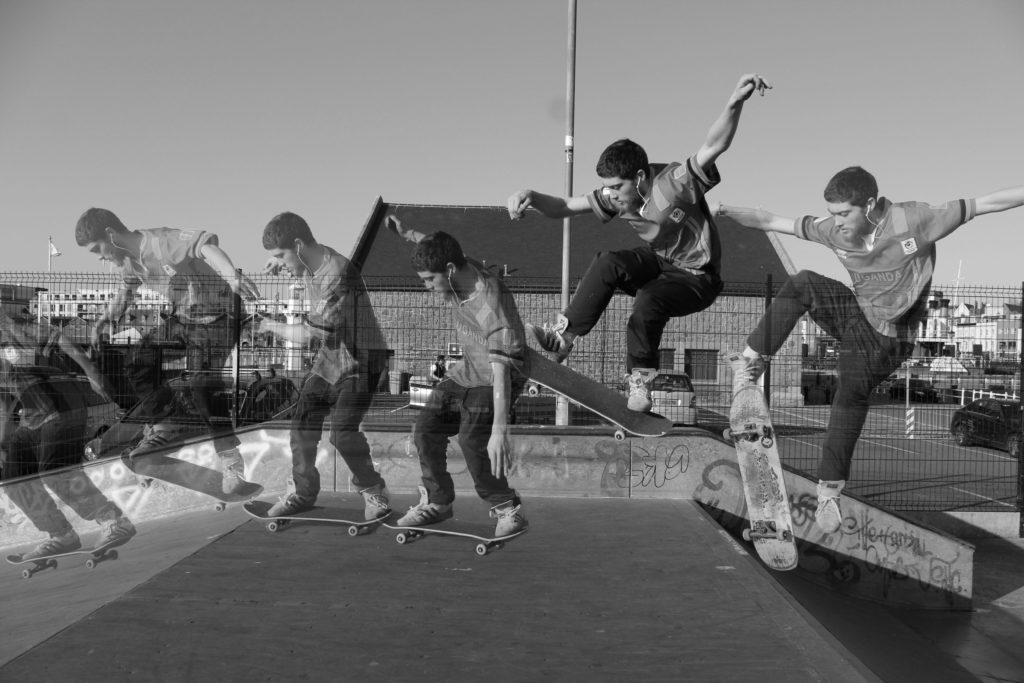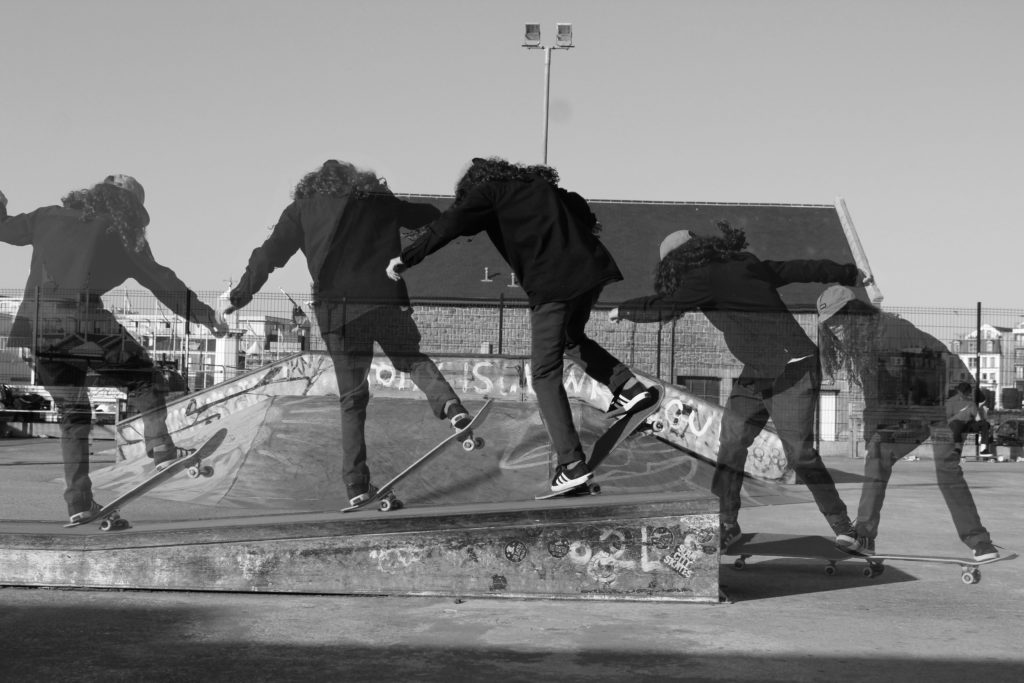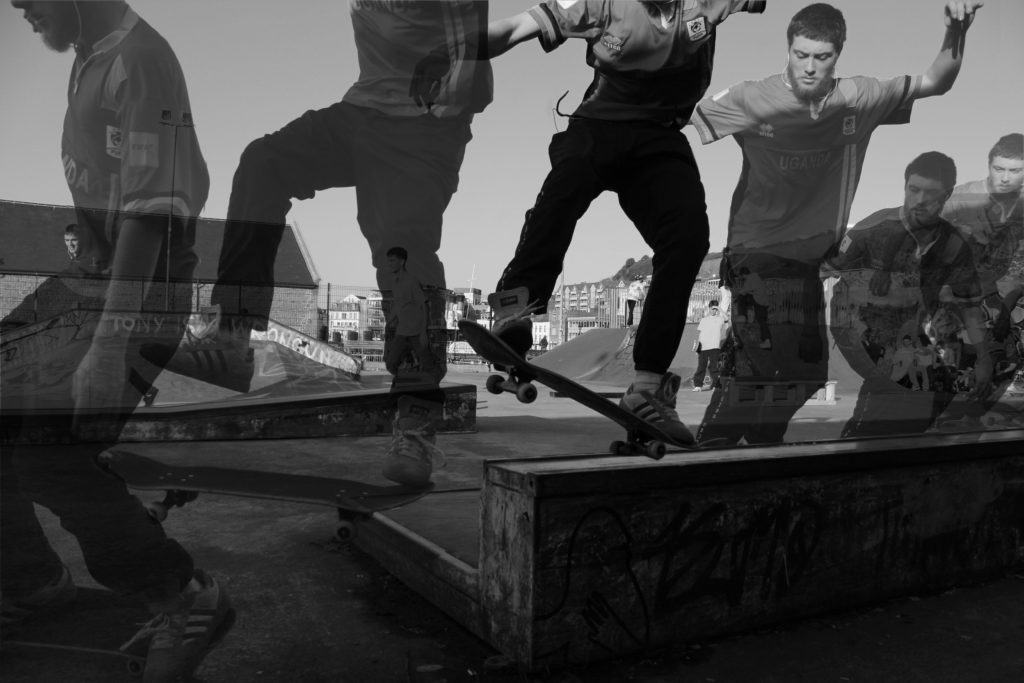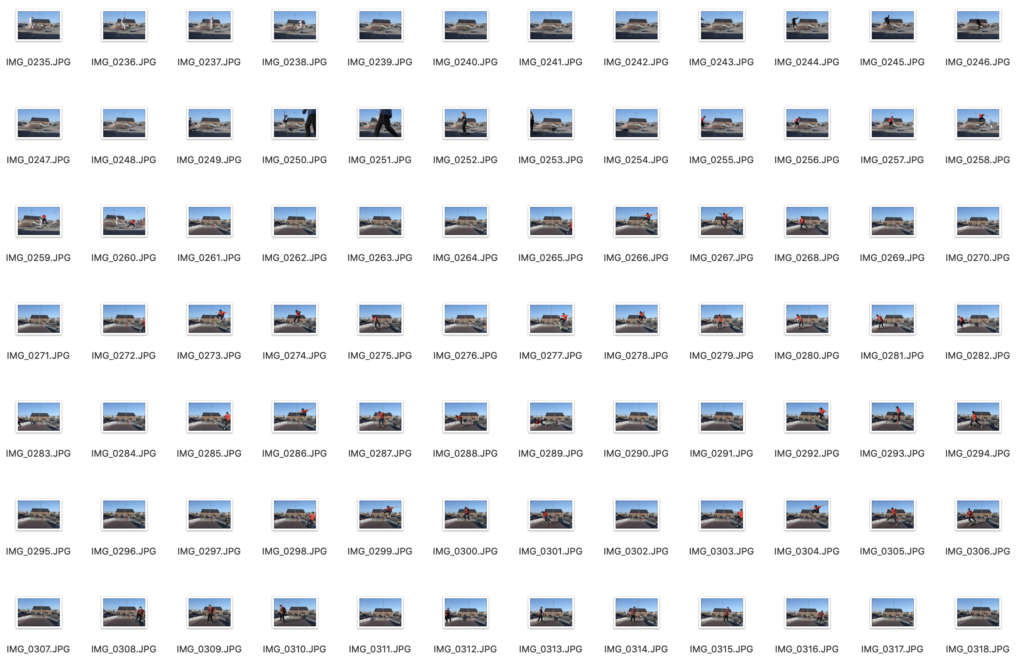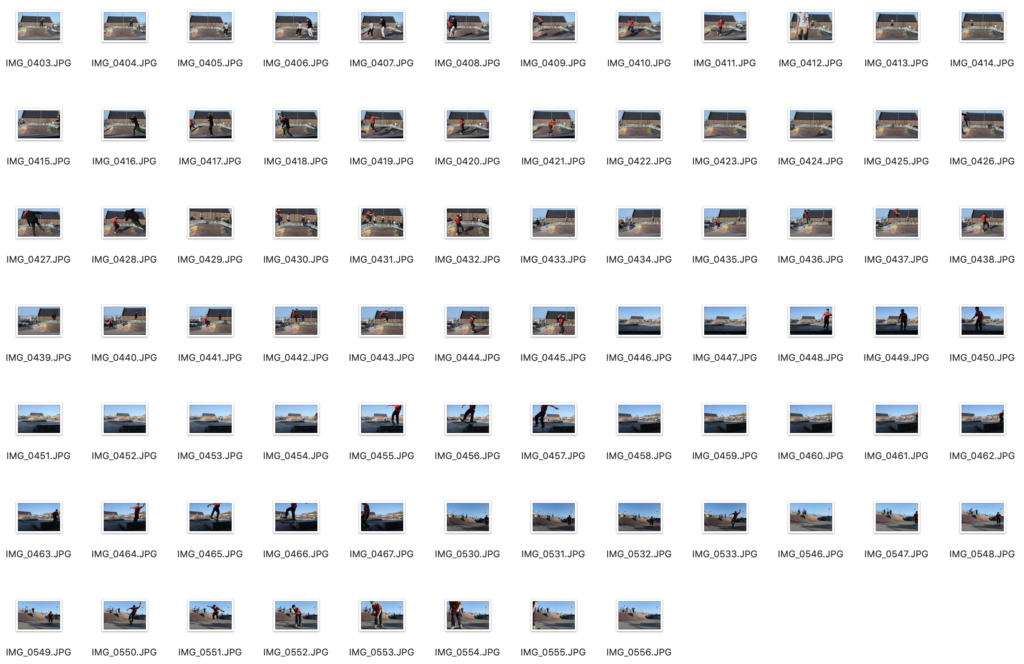Category Archives: Experimenting
Filters
EADWEARD MUYBRIDGE TYPOLOGIES – EXPERIMENTING (SHOOT 1)
I experimented using different layouts, boarders and colours throughout this process of creating a set of images and displaying them in the style of Eadweard Muybridge however, I found they didn’t really represent his work clear enough. I changed the background colour from white to black which I found allowed for the images to stand out a lot more than they did on the white background. I looked further into his work and realised that all of his images where in black and white and mine where in colour and clearly didn’t have the same effect. I changed my images into black and white and found they looked significantly better especially on the black background. Having them in black and white I found created a more vintage feel to them, which I thought Eadweard’s work did also have aspects of that integrated within his work.
Photoshoot Plan | Noirmont
This shoot will be at Noirmont point on Jersey’s south coast. I will fly a drone over a few specific locations on and around that headland. The locations I would like to shoot are Batterie Lothringen including the MP1 which covers the majority of the Noirmont headland, the Noirmont Point lighthouse and Janvrin’s Tomb in Portelet bay.


The satellite image below shows the locations I’d like to shoot, each colour coded by a coloured circle.
Green – Janvrin’s Tomb
Blue – Gun Point 1
Black – Gun Point 2
Orange – MP1 Tower + Range Finder
Yellow – Lighthouse
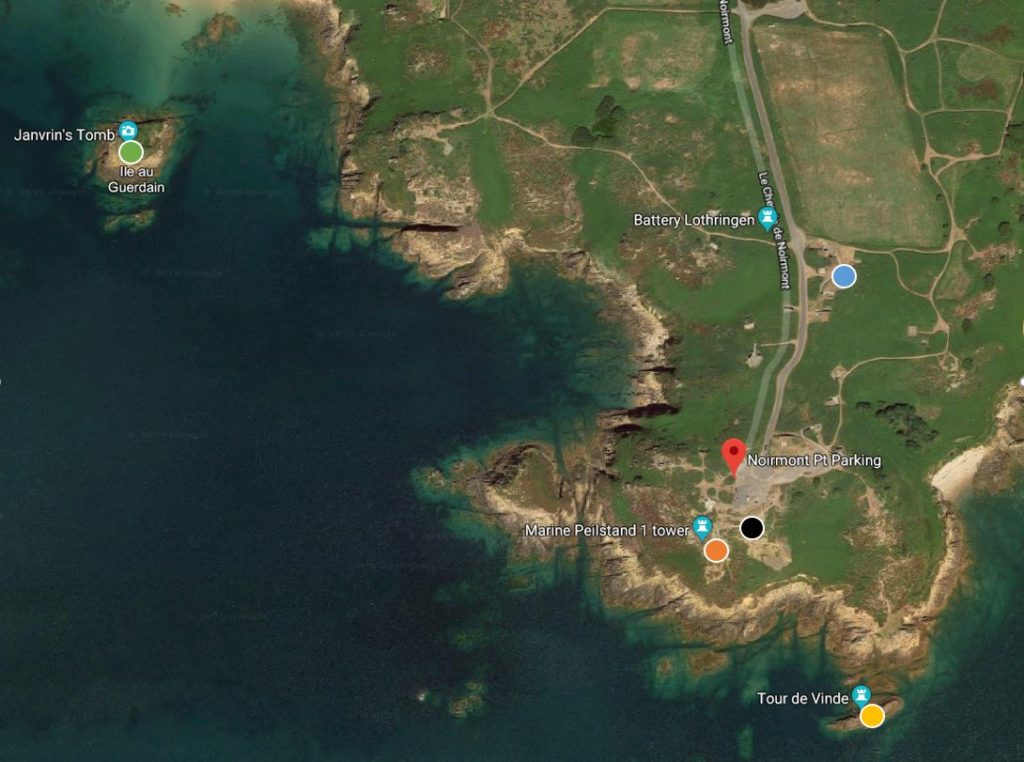
The aim of the shoot is to get top down images of locations that look like circles from above, I used satellite imagery to find the locations and also reviewed air laws and local airspace regulations to develop a plan and ensure the flight is within all regulations. The flight to Janvrin’s tomb takes the drone to it’s maximum legal distance but does not breach it, the location is just outside the Jersey Airport ATZ (Air Traffic Zone) yet we will still file a flightplan to let ATC (Air Traffic Control) know we are flying, giving location, time airborne, height and time down.
Experimentation with Portraiture
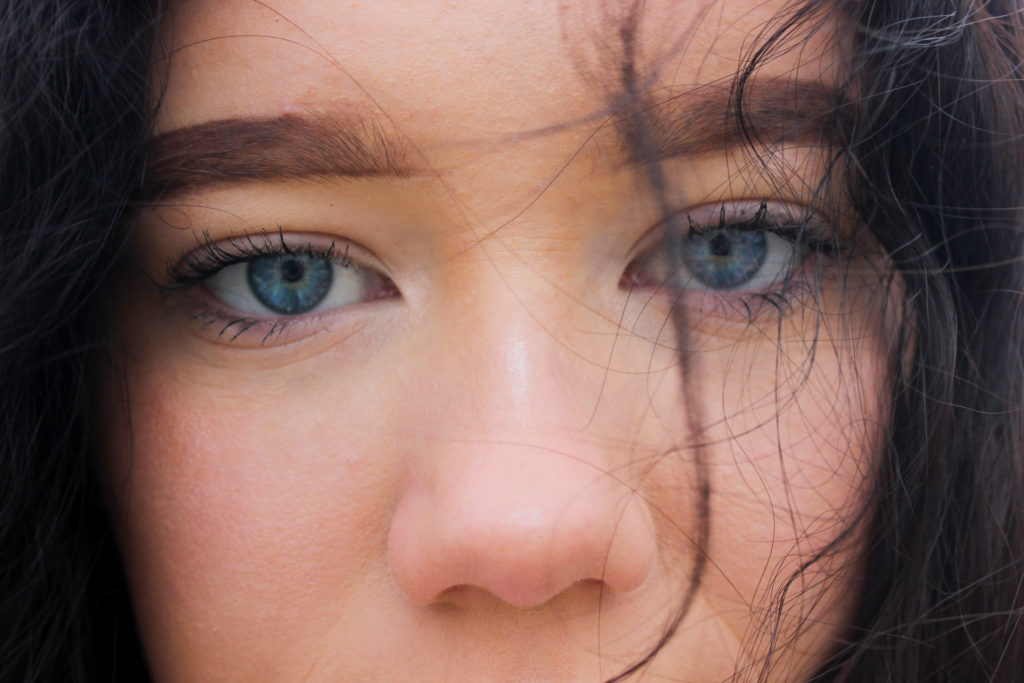
Using an image I took in my Lilia Luganskaia shoot, I increased the saturation of the blue in the eyes as well as brightening their exposure. This helps to make them stand out as features on the face, in contrast with the dark hair elsewhere in the image. This also fits with the statement that “eyes are the windows to the soul”.
Next, I used the frequency separation technique to smooth out the textures in the skin, I did not want this to be too extreme as this would create a false perception making the person seem unrecognizable.
The technique involves creating multiple layers of an image, before healing and blurring areas of the skin that you do not want to appear.
Layering Building Faces Over Granite
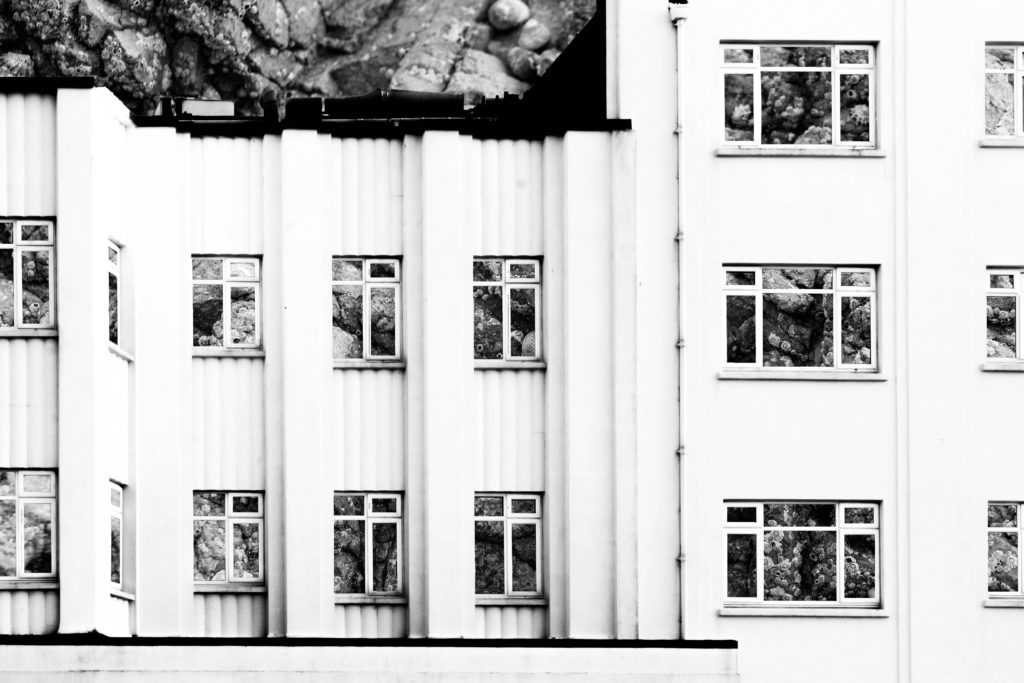
In this post I am showing the outcomes of manipulating both my shoots of building faces and granite faces. Previously I have experimented with removing parts of the building face to reveal other buildings behind it in order to create contrast between the two and to show the similarities and differences between buildings. This experiment draws inspiration from that as I found that it can be quite effective when I remove the natural frames from the photographs to give an insight into the background photograph. I have used this approach when experimenting with integrating the building and granite photographs together – I photoshopped out all windows of the building face in the foreground to reveal the texture and natural colours of the granite in the background. I experimented with presenting the granite photographs in black and white but I found that the outcome was too boring, whereas when the granite photographs were in colour it would bring the photograph to life by contrasting with the high-contrast black and white building face, which would further bring out the colours of the rock. The idea behind these experiments comes from the fact that a lot of houses have granite lying under the decoration and so this represents peeling back the layers of plaster and paint to reveal the base structure.
Analysis
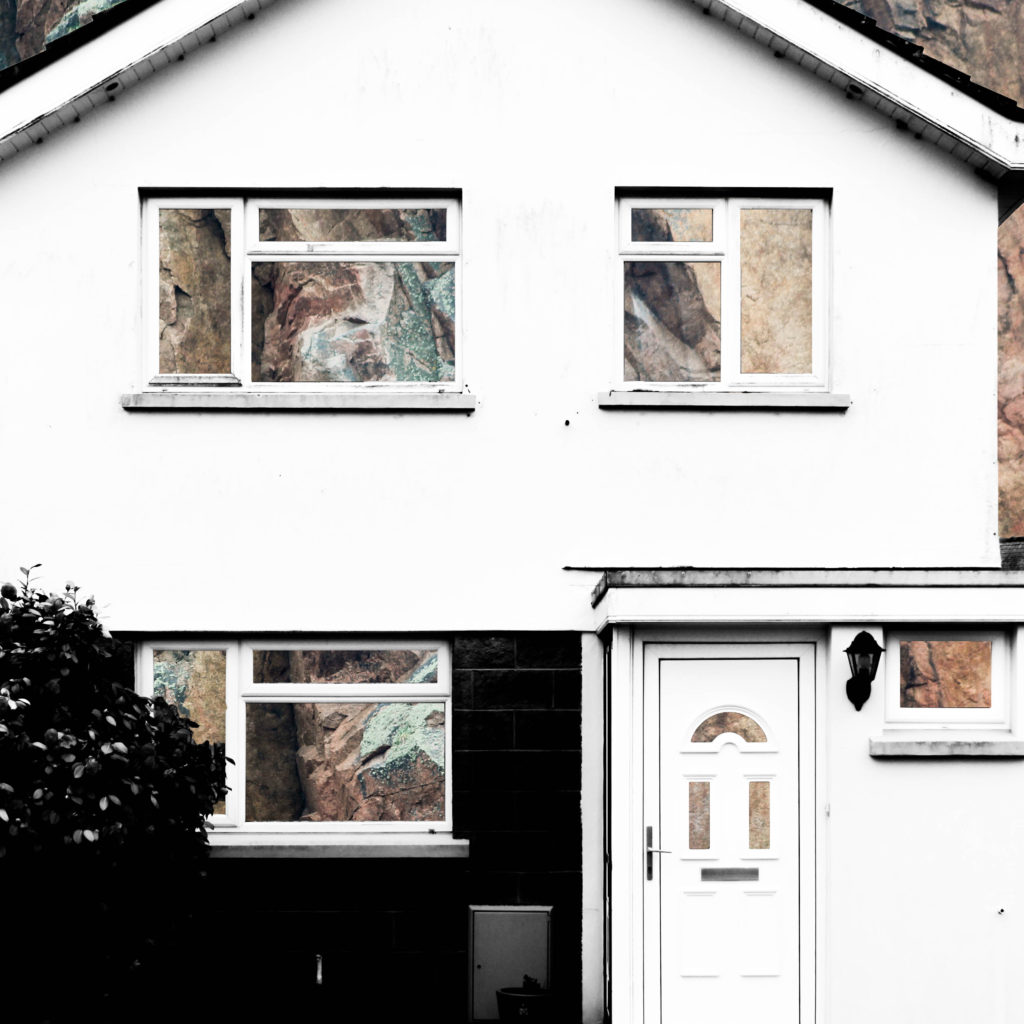
In this composition, natural day lighting was used. Due to the nature of the house face, the natural light only brought out so many shadows and shapes within it meaning that there is only a simple face to it, which contrasts to the rock face in the background which has all sorts of shapes, tones and shadows brought out from the natural lighting. I used a 300mm lens to capture the photograph of the rock to ensure that I could zoom in enough to create the abstract composition as I intended to. I used a deep depth of field as well in order to ensure that everything was sharp and in focus to ensure that the resulting photograph was as of high a quality as possible.
I used an ISO of 800, an aperture of f/8.0 and a shutter speed of 1/500 when taking the rock photographs. The ISO of 800 is fairly high but ensures that the photograph is correctly exposed along with the quick shutter speed of 1/500 that allows the photograph to be sharp and focused when the camera is zoomed in to such an extent. The depth of field ensures that the photograph is fully in focus and is clear. For capturing the building face I only used a shutter speed of 1/100 and an ISO of 100. These camera settings have allowed me to create contrast between the two photographs incorporated into the composition.
The photograph of the house face has been kept in black and white whereas the rock photograph in the background has been kept in colour to create a contrast between the two photographs and to emphasise the natural colours and tones within the rock face. There is also a wide tonal range within the composition due to the editing to create high contrast and to bring out the shadows in both photographs. There is a strong sense of texture within the composition due to the sharp angles and shapes within the rock face, this adds to the aesthetic qualities of the composition. There is also a sense of 3D in the composition for the same reasons – the jagged rock face contrasts with the flat face of the house in the foreground. The unpredictable structure of the rock shapes also contrasts greatly with the house face structure which has been carefully designed and built to meet form and function requirements.
The idea behind these experiments comes from the fact that a lot of houses have granite lying under the decoration and so this represents peeling back the layers of plaster and paint to reveal the base structure. The house face was originally photographed as part of a shoot to show the variance and similarities between houses within a certain geographic area, but I have realised that I can achieve the aim of that shoot whilst being able to add another element of contrast through contrasting the man-made building structures with the natural granite structures.
SHOOT 4 – WATER
1.
My 4th photographic shoot has been based around ‘water’. I categorized nature into 4 sections I would focus on photographing, water being one of them. Before my shoot, I have looked at photographers who incorporate water photography into their work, including Hiroshi Sugimoto, and Rinko Kawauchi. Hiroshi specializes in ‘seascapes’, an area of work focusing on the distinct horizon between sea and sky. On the other hand, Rinko looks at the sublime, including photographs of the water in her large collection of work. She uses the element of light to her advantage, something I have taken inspiration of in my photograph pictured below. I have captured the light hitting the water and glistening in the reflection. I photographed and video-captured this to show the movement of light and include motion in my imagery. I believe these primary sources represent the beauty of how light and water come together to explore the sublime.
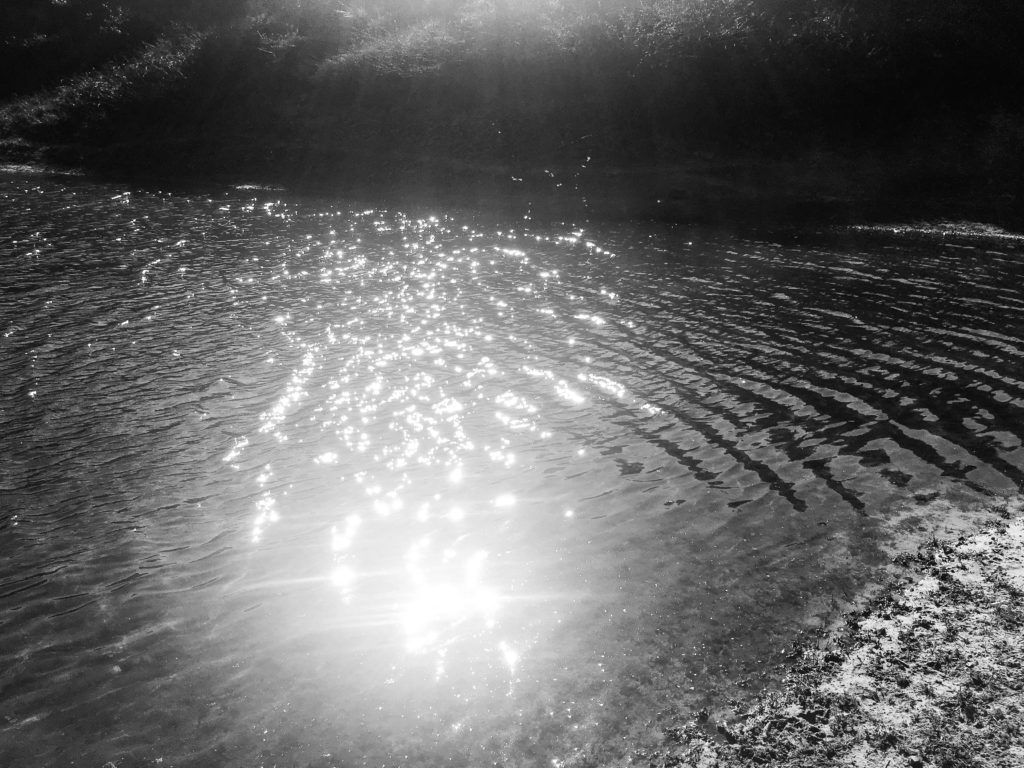
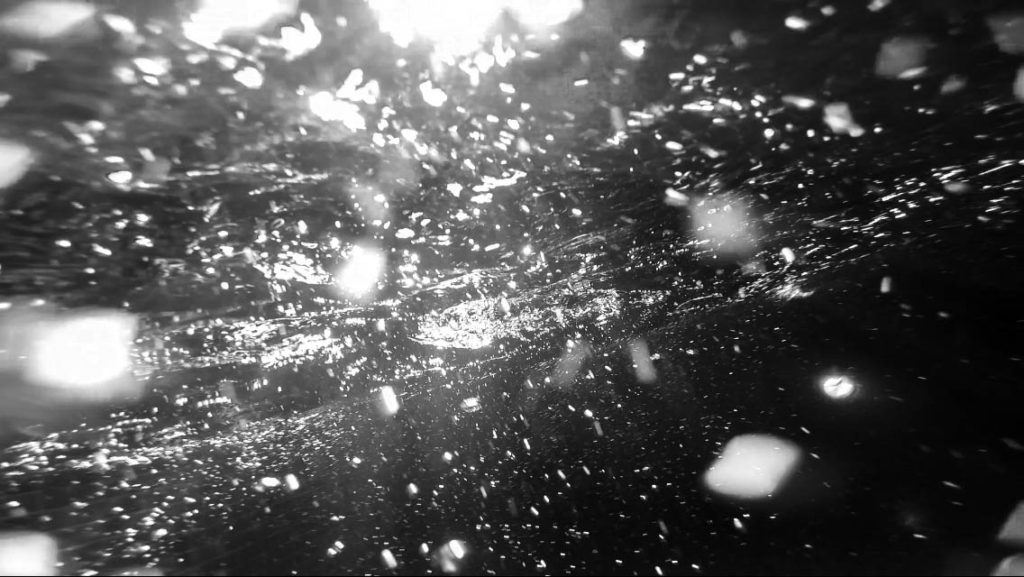
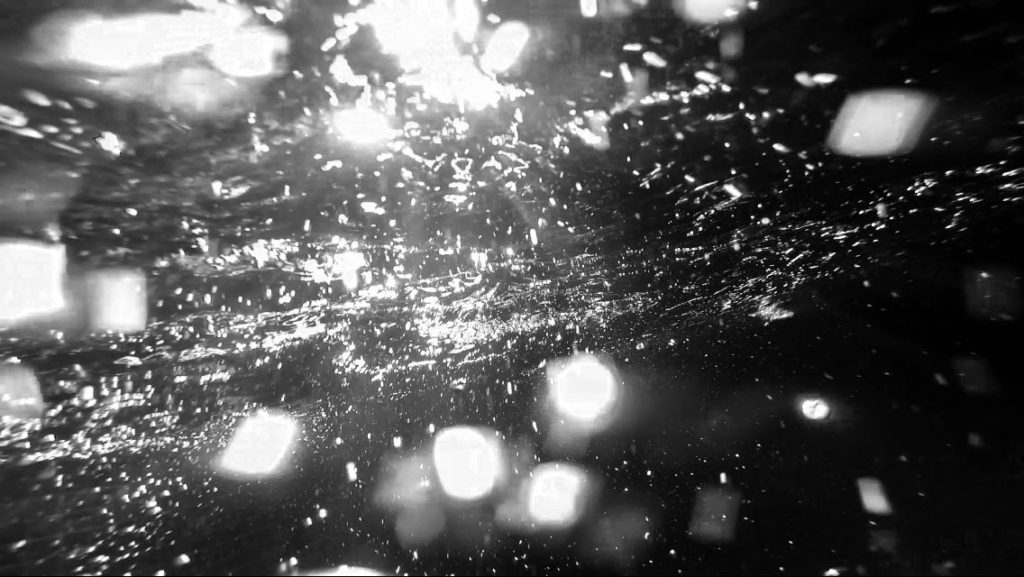

2.
For the second part of my photographic study on water, I have looked at the source of habitat it provides in the environment to wildlife. As I am looking at variation of nature for my project, I thought it would be an interesting angle to look at the various ways in which water can be photographed; one way being as an element, another as a habitat and another as a form of patterns and abstraction.
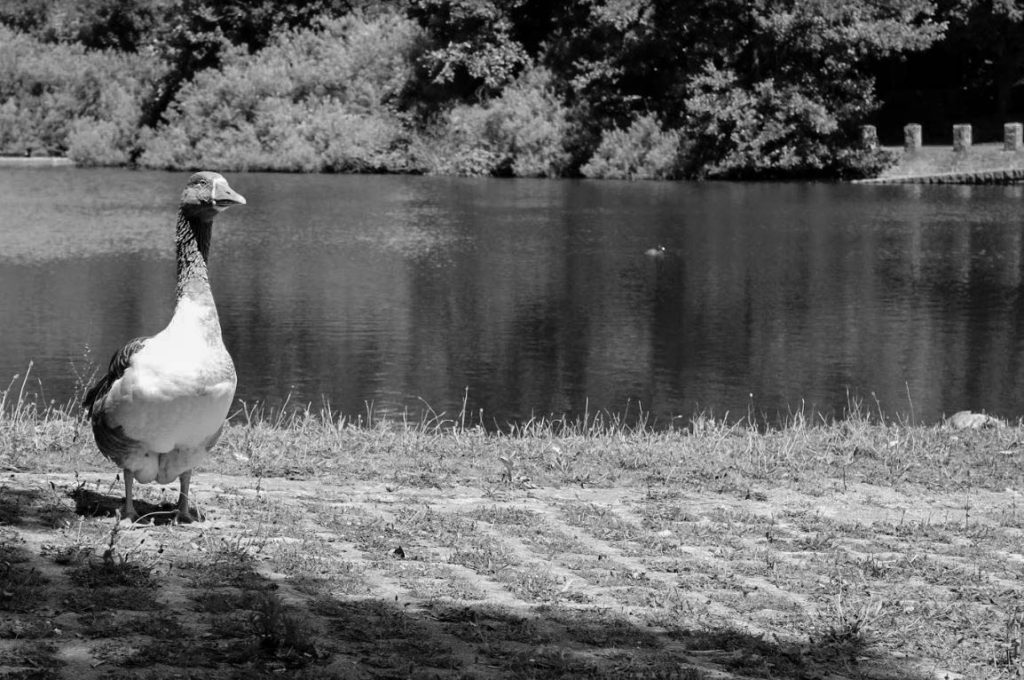
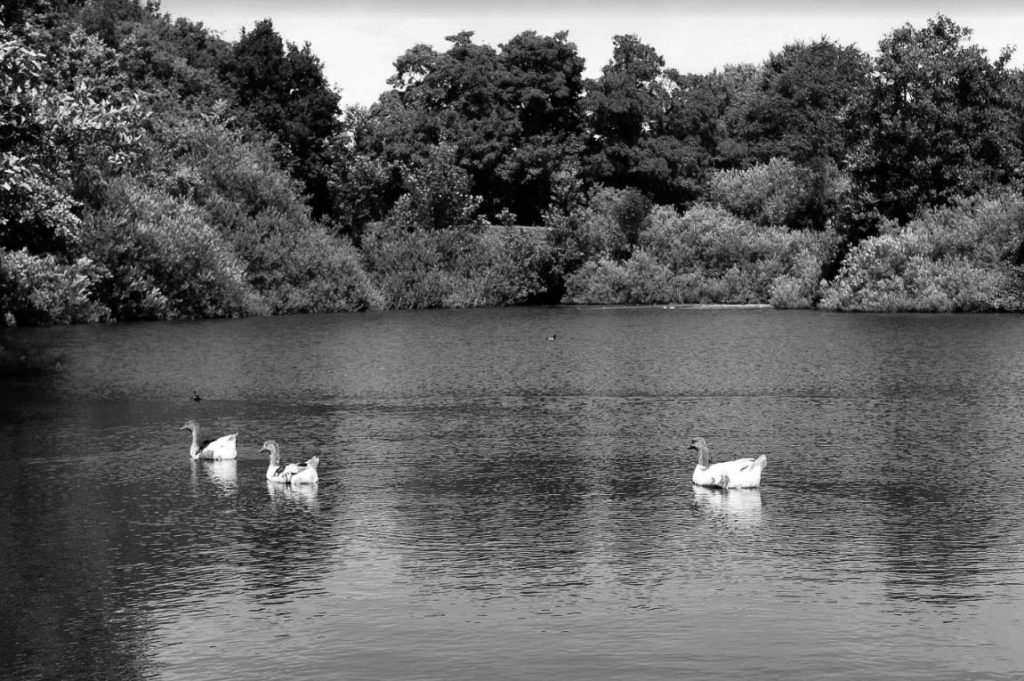
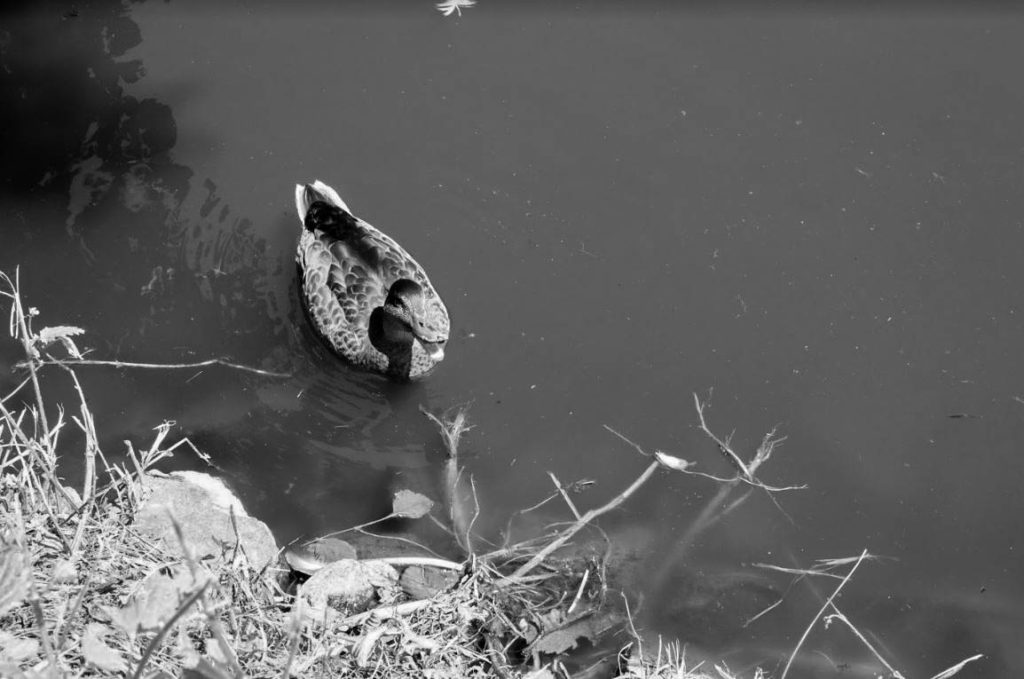


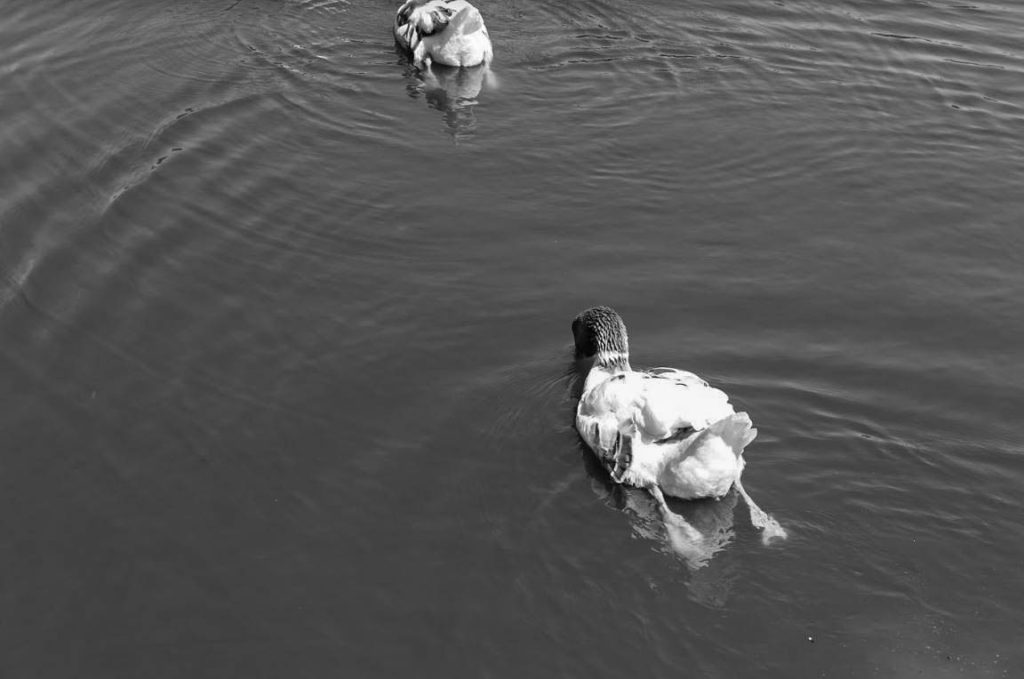
3.
My final area of study is based around the patterns, form and abstract nature of water. The variety of images I have taken of water in the sea and reservoirs, show the interesting patterns, and shapes within the water. I have edited the photos into black and white to show resembelance to Sugimoto’s work, as well as highlighting the varying shades and tonal contrasts as a result of different white balance and lighting.
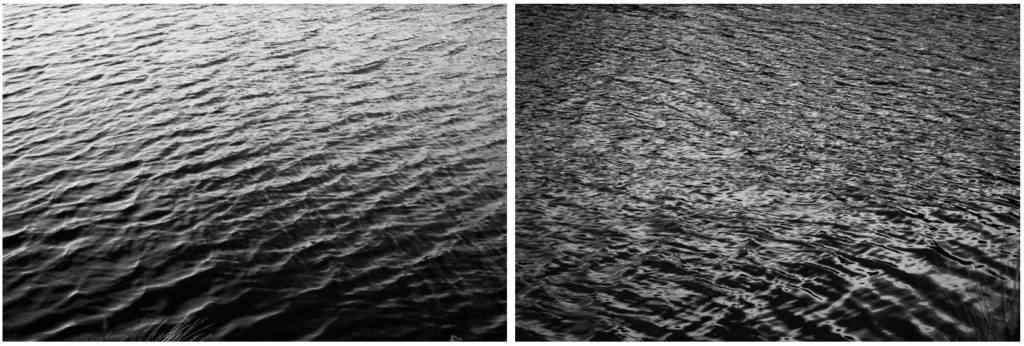
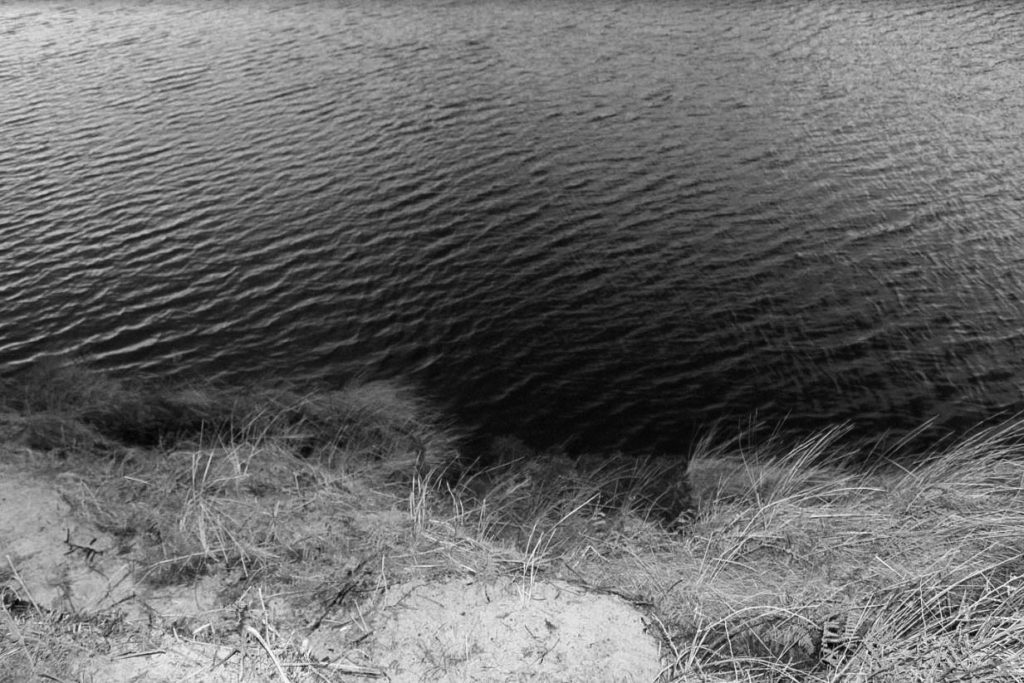
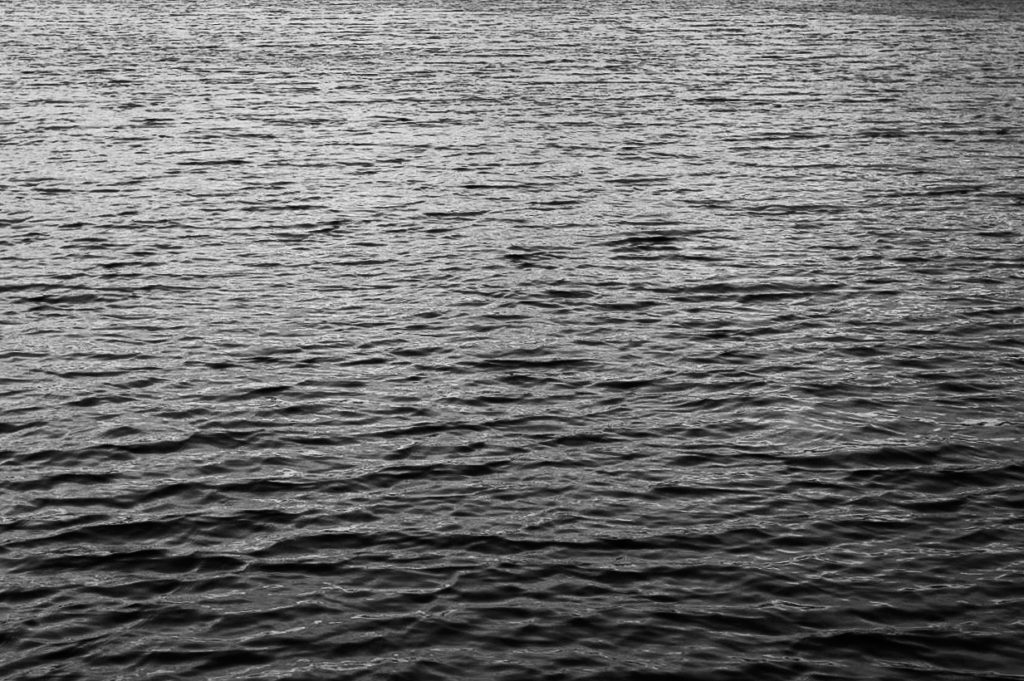
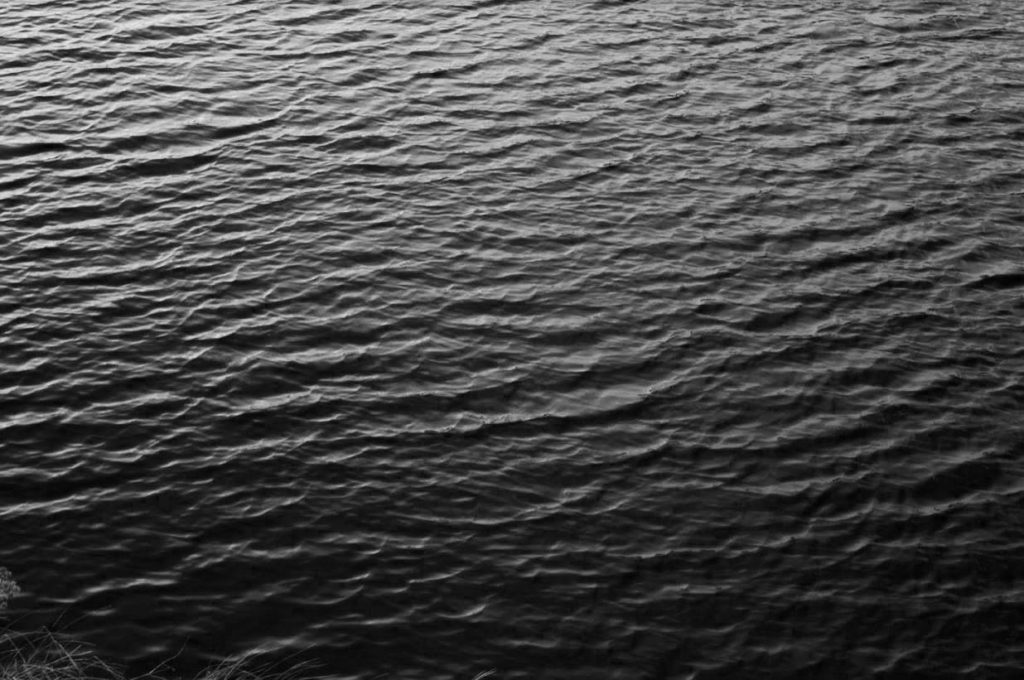
Using one of my photographs, I have created an edit in response to the work of Hiroshi Sugimoto’s. Like Hiroshi does with his photographs, I have separated the horizon from the sea with a distinct landscape line. Using Photoshop CC, I have filled in the top half of the photo with a pale grey colour to contrast with the black and white water.

Tiny Planet Shoot | Final Outcomes
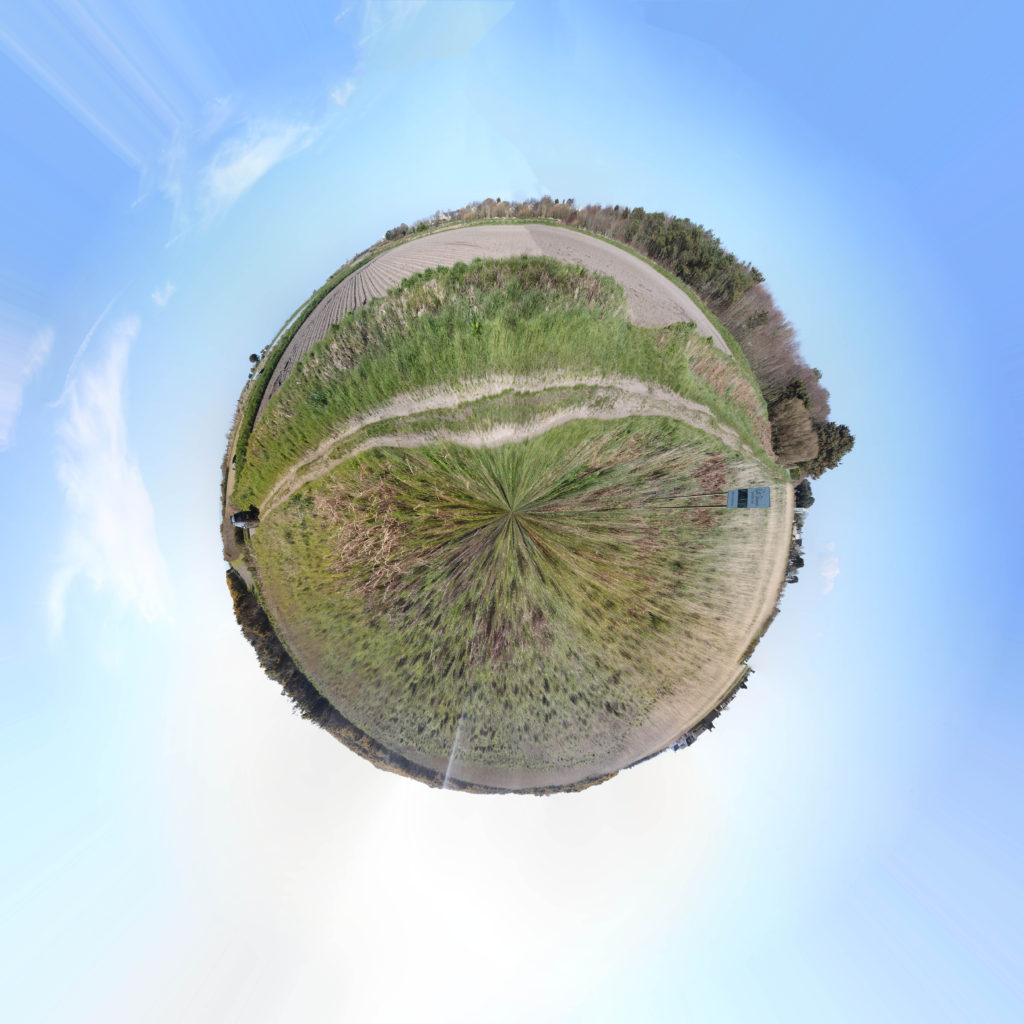
The above image was a collection of over 50 images taken in portrait covering 360 degrees. I like how smooth this planet came to be and I think this is a very successful attempt at a Tiny Planet as an experiment. I plan to carry on a do a few more. This one in particular was at Les Landes in the fields of St Ouen, this captures the calm and peaceful environment of life in the West. My only dislike is the distortion in the middle however I do not thing there is anything I can do about that.
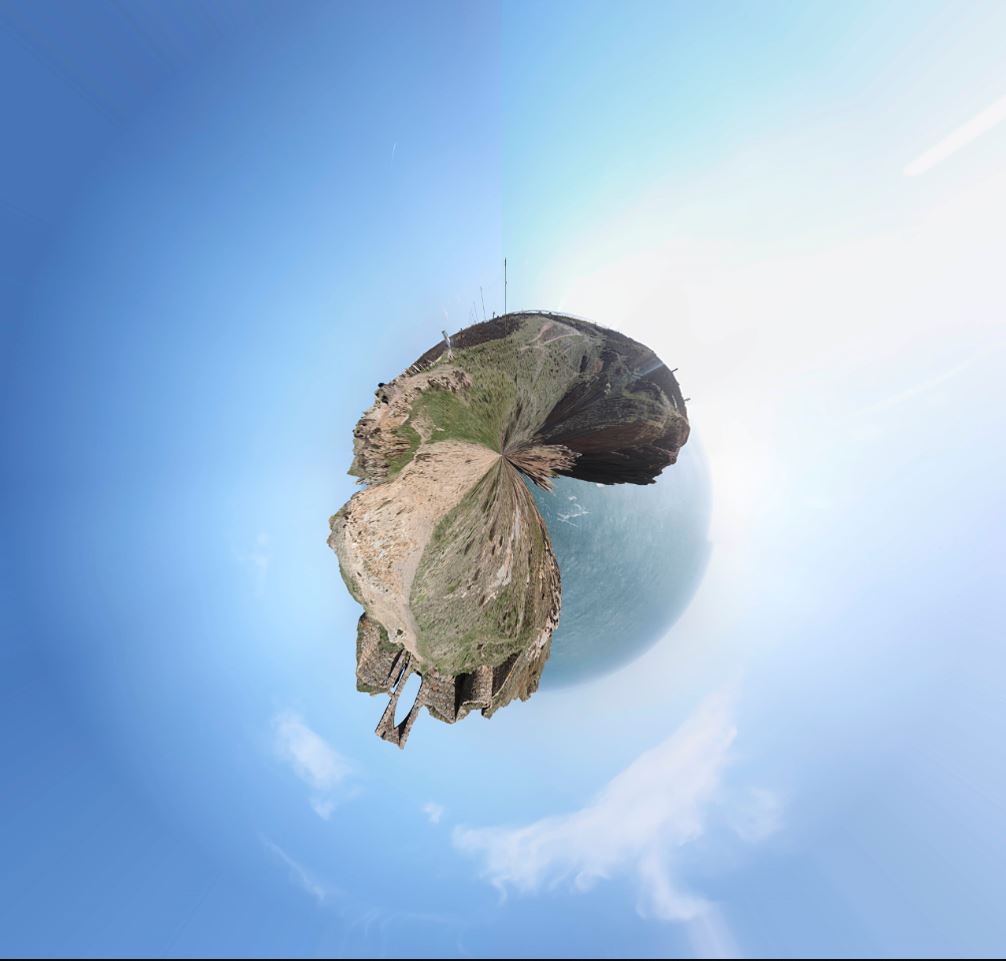
Again, the above image was a collection of over 50 images taken in portrait covering 360 degrees just like the Les Landes planet. This one was taken on the cliffs at Grosnez where you can see the castle. I would not really call this one particularly successful. Yes it is a tiny planet and it did what I wanted it to do however, due to the nature of the location and subject matter, the planet comes across as being very squished and distorted and makes the subject difficult to recognize and the planet looks very strange and I do not believe it captures the nature of the area.
In conclusion, I think the Les Landes planet was much better than the Grosnez one because I think being on cliffs/by the sea on the Grosnez planet stops the planet being smooth and more circular and makes the image look a bit messy and too distorted for my liking.
Further experimenting
Changing opacity
Black and white
Once I came up with a final edit I thought that the images I created could be made more interesting and edited further. I decided on changing the opacity on every layer but leaving one of the layers at full capacity. I found by doing this not only related to Eadweard Muybridge’s work but created a stronger final image overall. I thought that it clearly displayed the movement of the subject within each image and represented my idea of movement more clearly. I then went on to further experiment with these images more by changing them to black and white and increasing the contrast on each image so the lower capacity images would stand out on the dull background. I found changing them to black and white created a strong effect on each image however I feel they didn’t have the same effect as the coloured images portrayed.
Focusing on movement sequences – Shoot 1
Inspiration
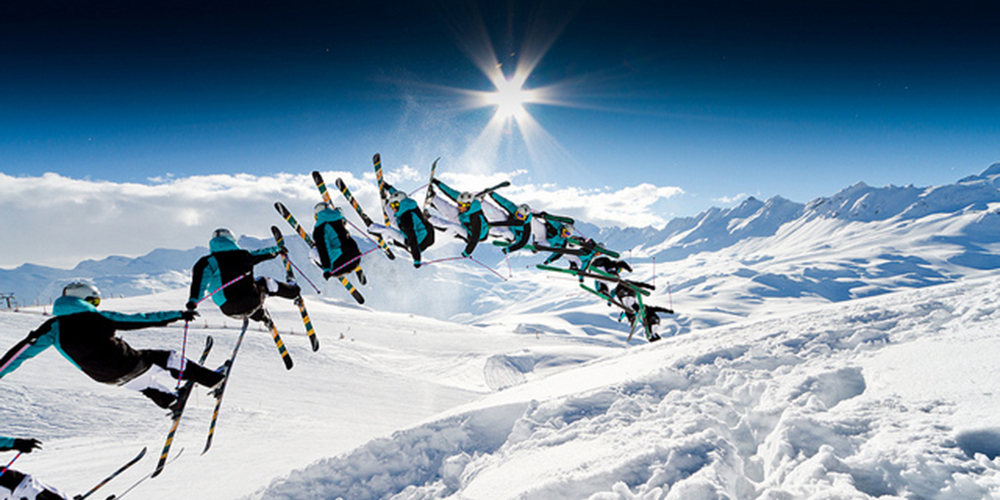


Contact sheets
My Interpretations
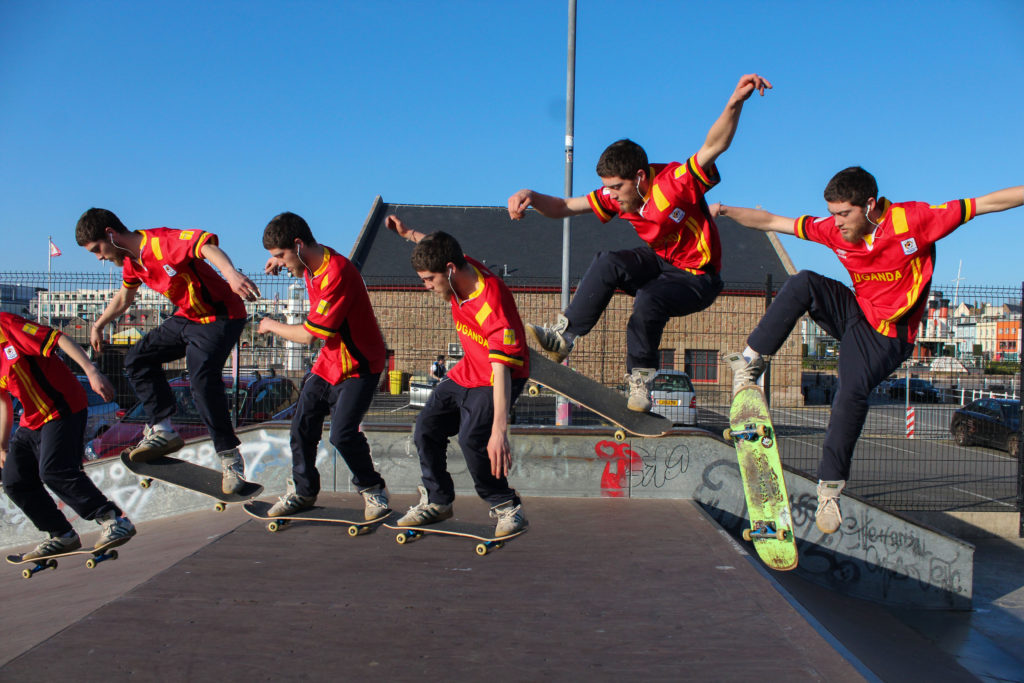
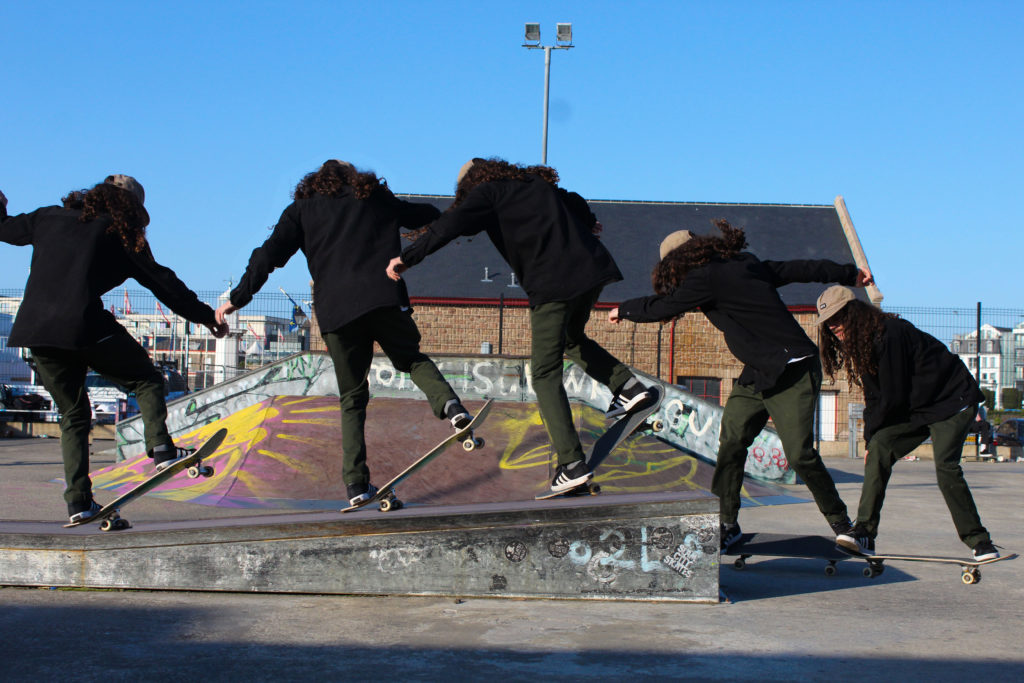
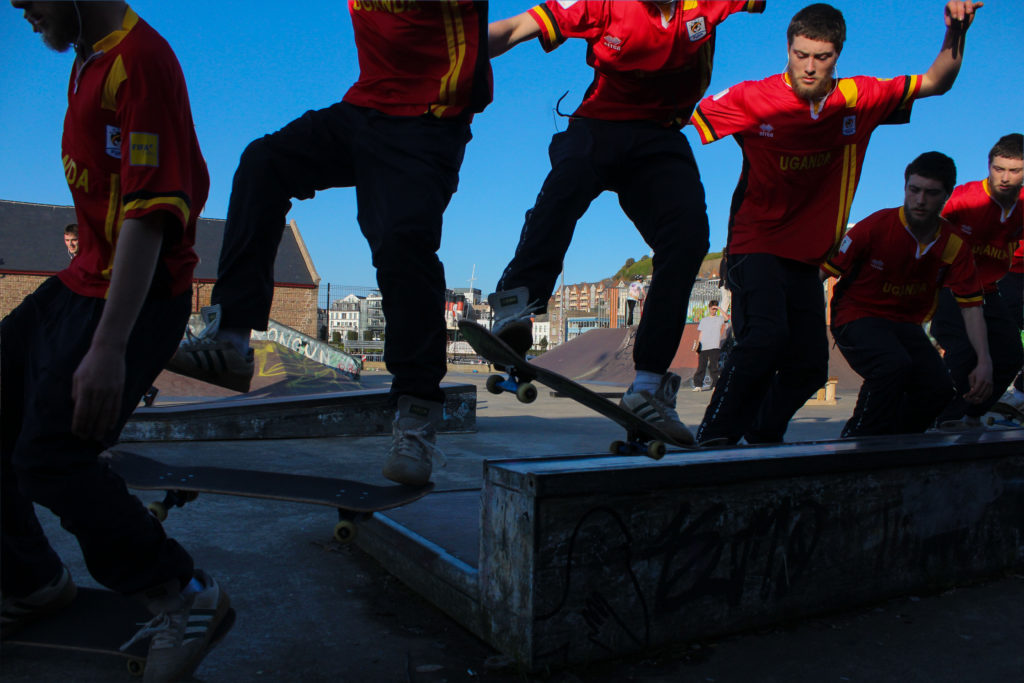
Editing process

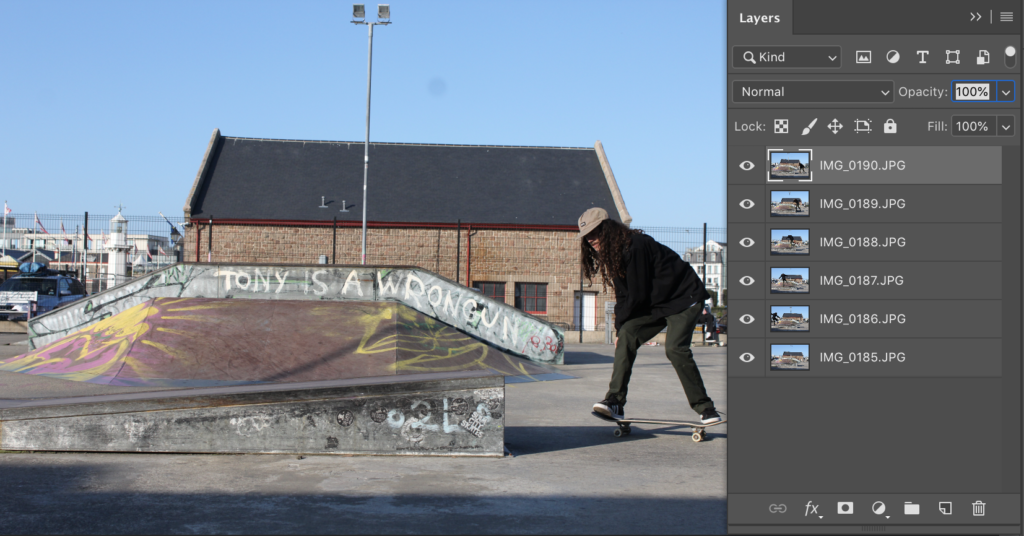
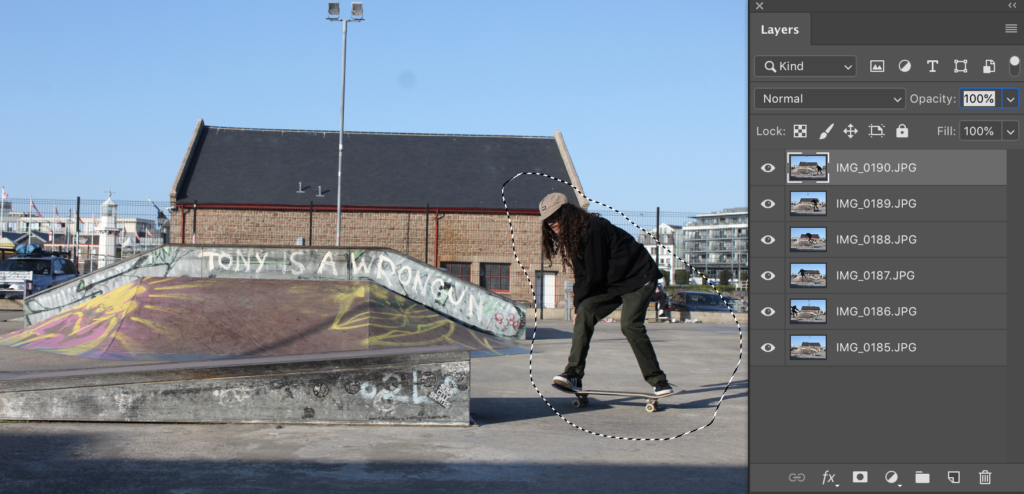
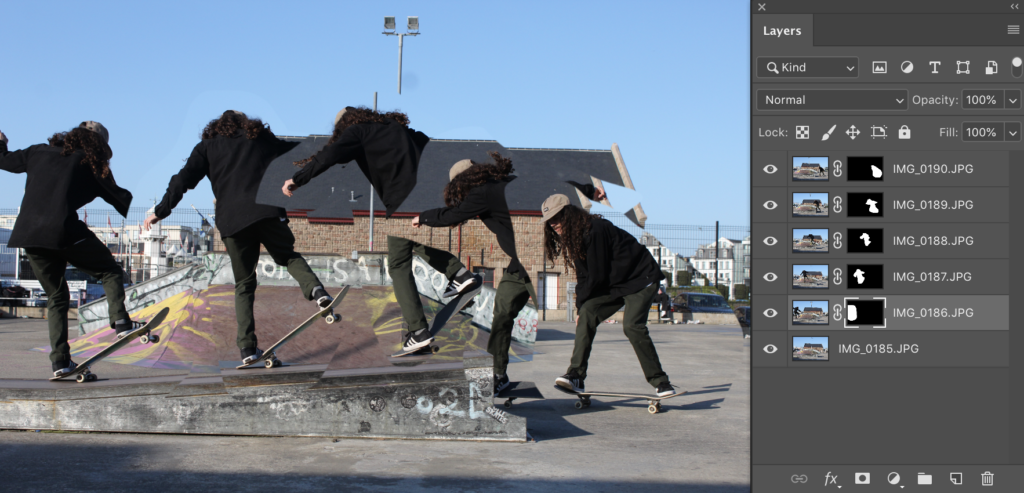
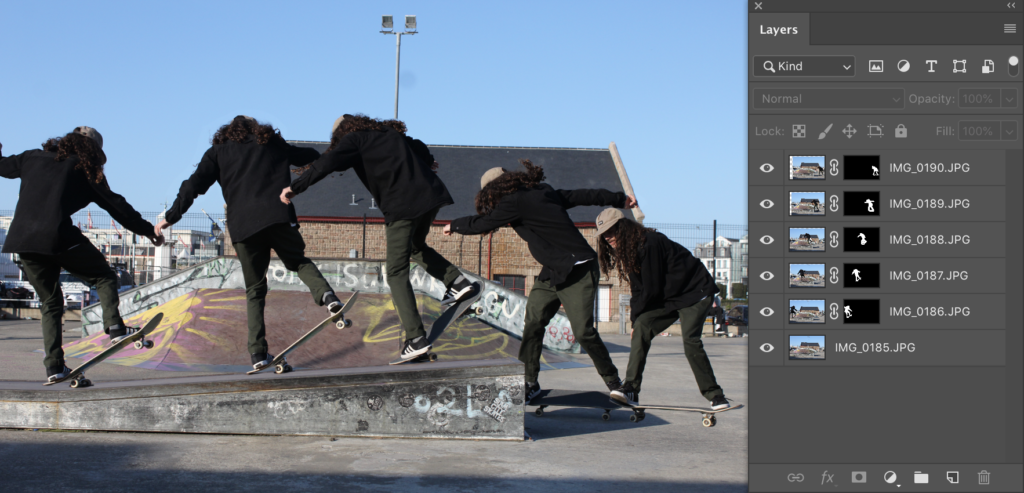
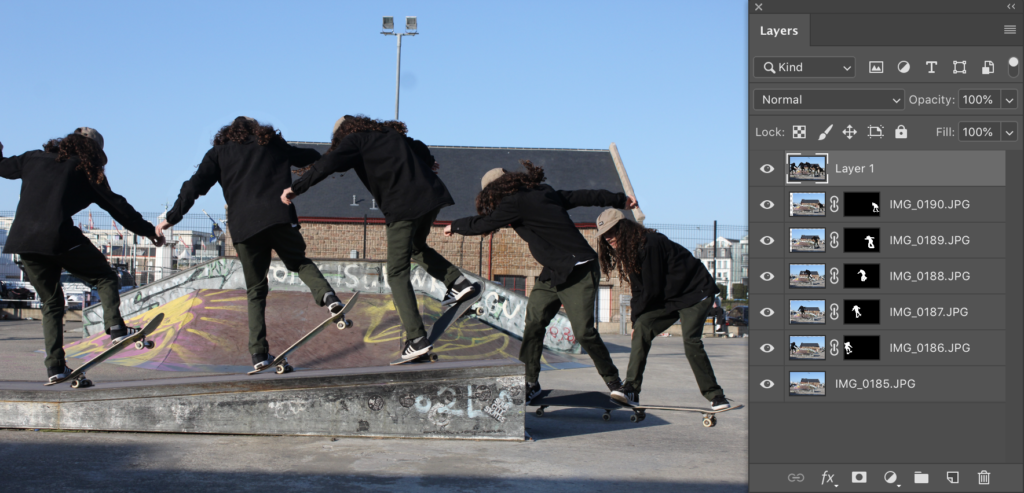
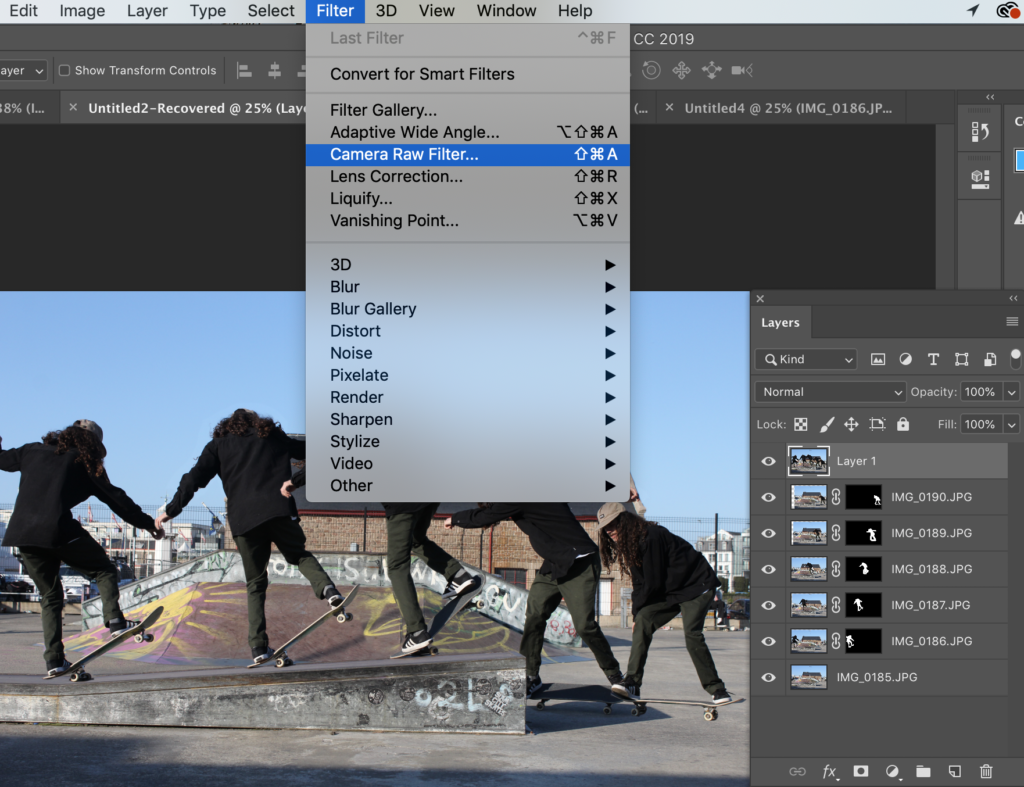


Evaluation…
SHOOT 3 – CLOUDSCAPES
The 3rd category of my nature study is cloudscapes. From previously researching Alfred Stieglitz’s Equivelents and John Day’s photographs for inspiration, I have taken my own photos in response to the artists. In response to Stieglitz, I have captured heavy cloudscapes in times of bad / stormy weather in order to emphasize the dramatic sky like he focused on in Equivalents. John Day approaches cloudsacapes in a complete opposite visual style, with heavy saturation and colour enhancement in order to present the rich and varying colours of the sky above.
PRIMARY SOURCE:



